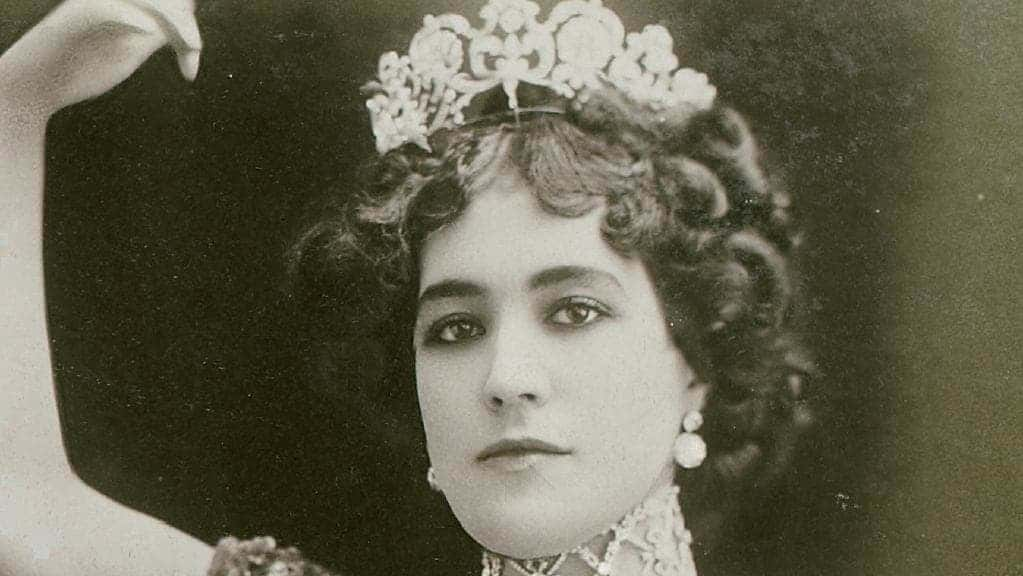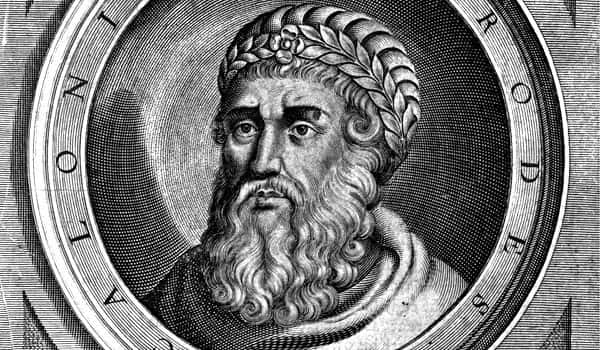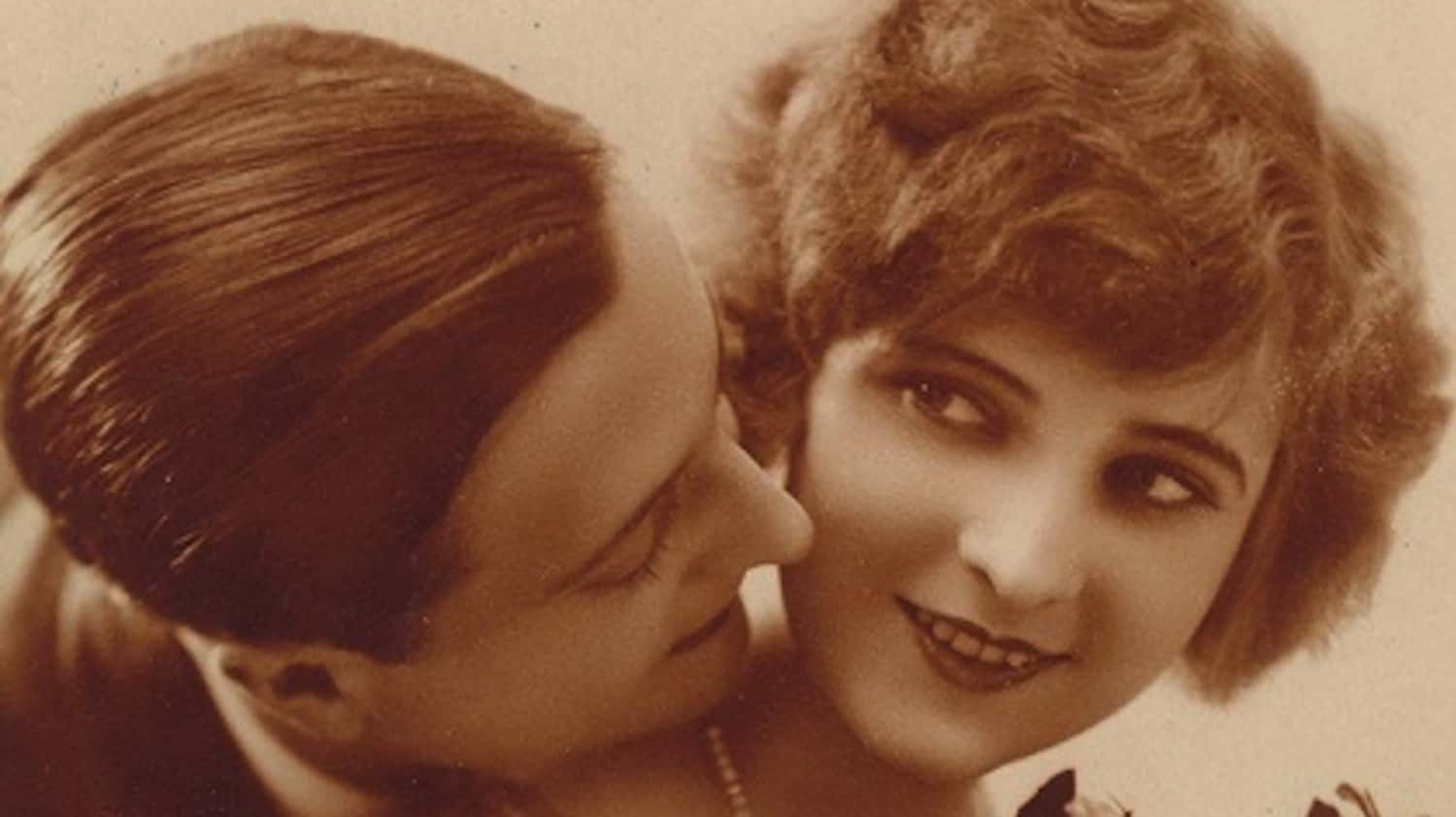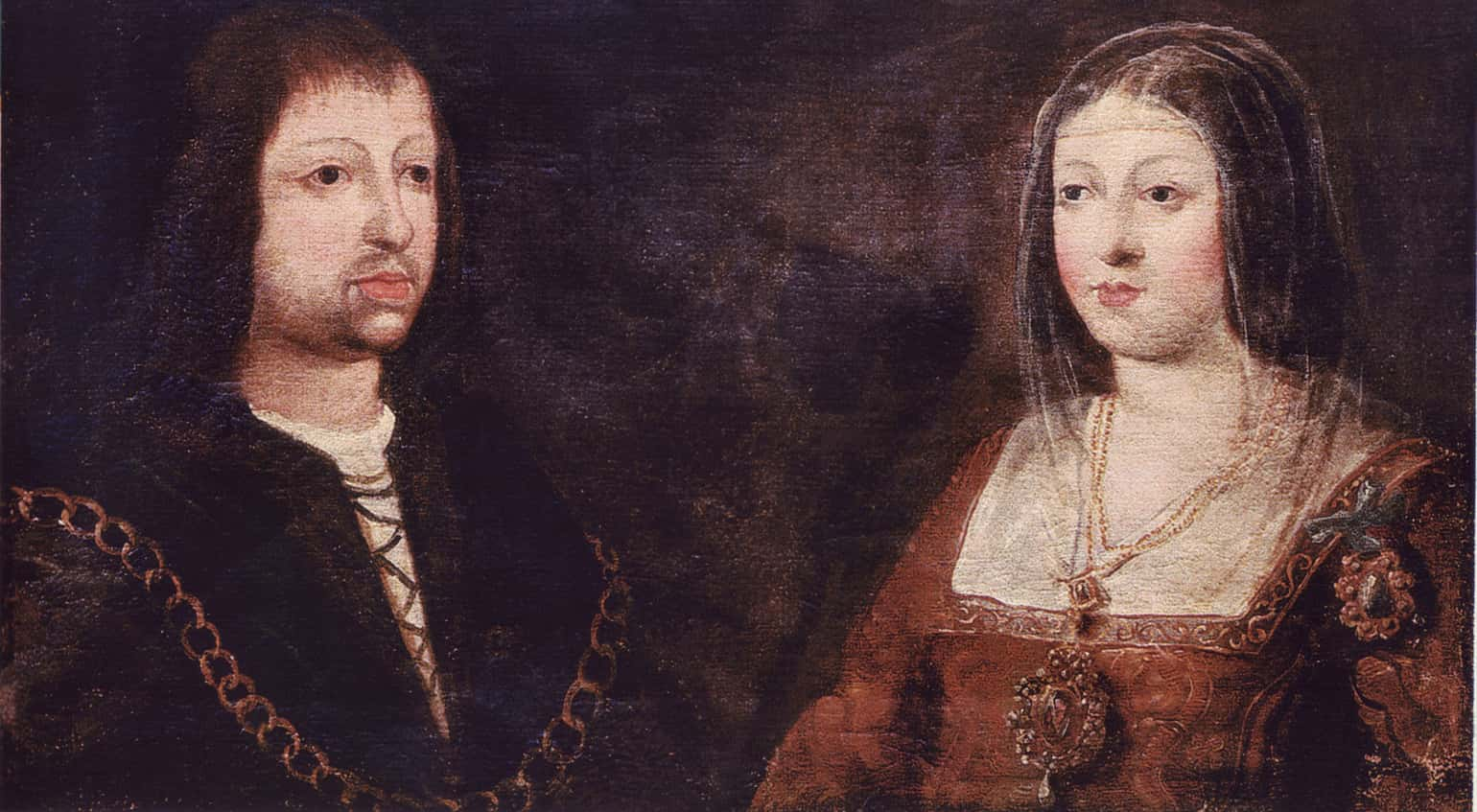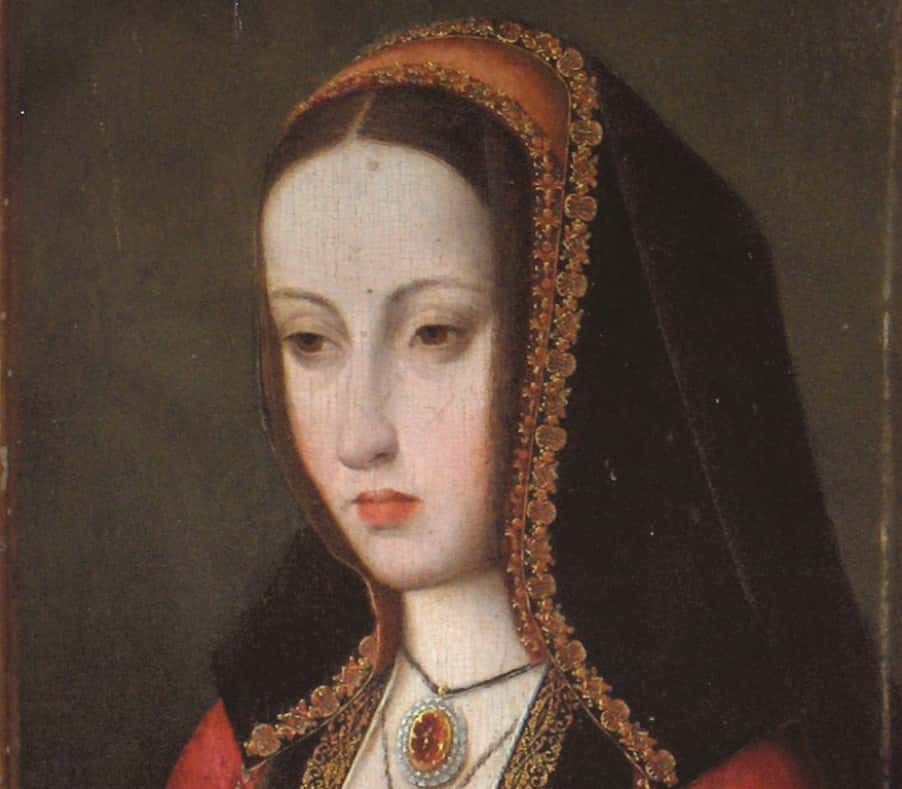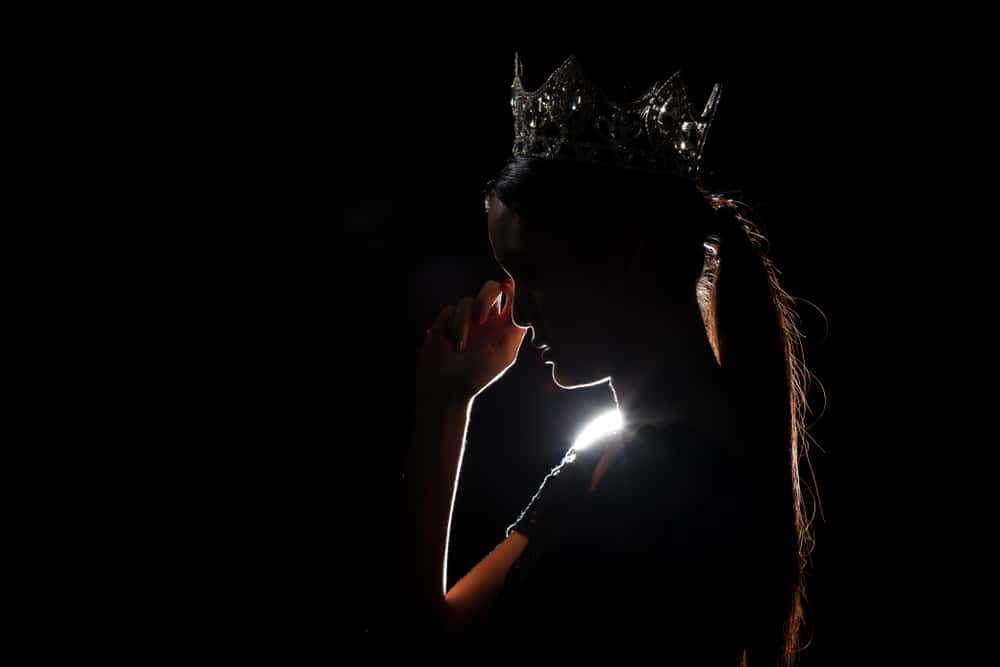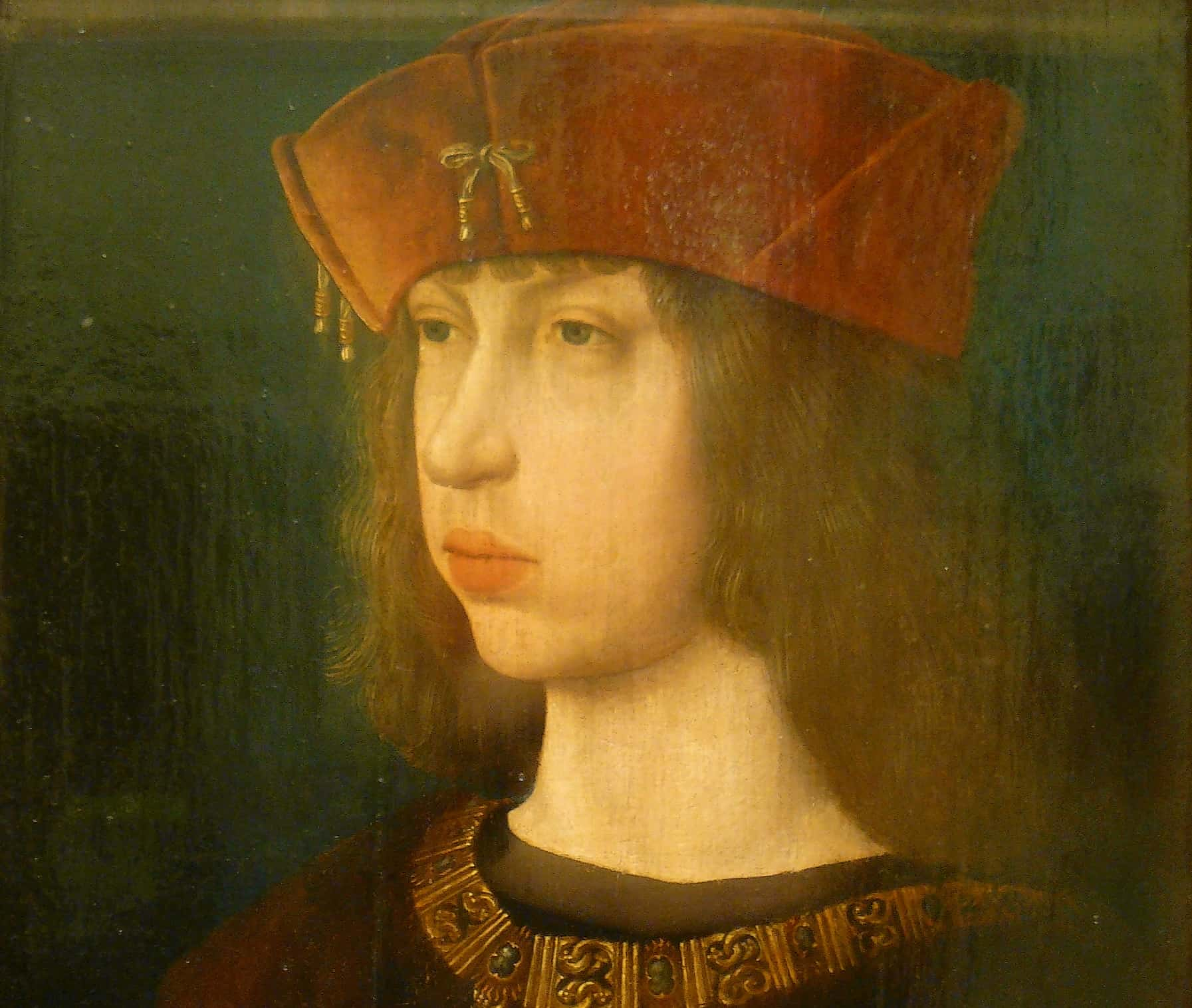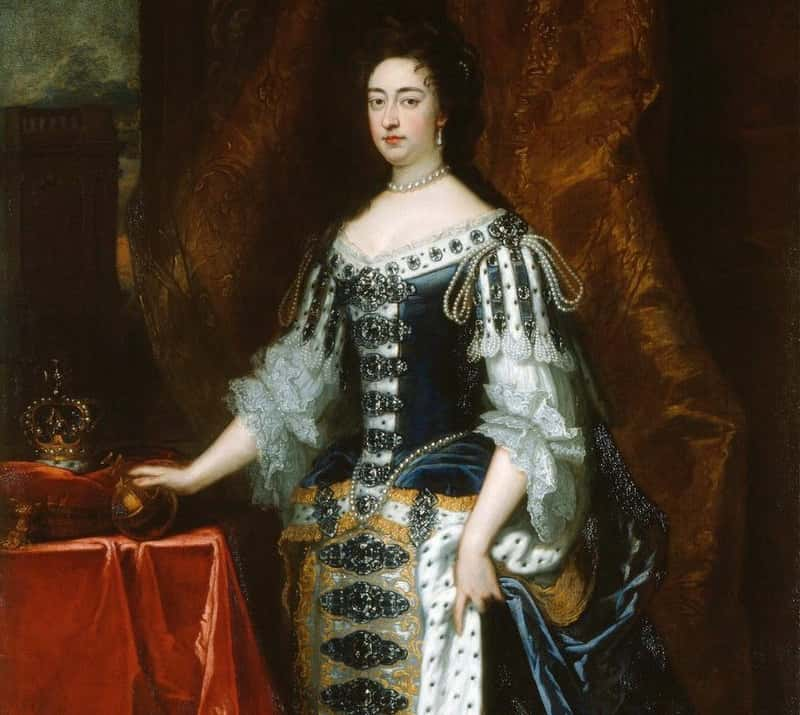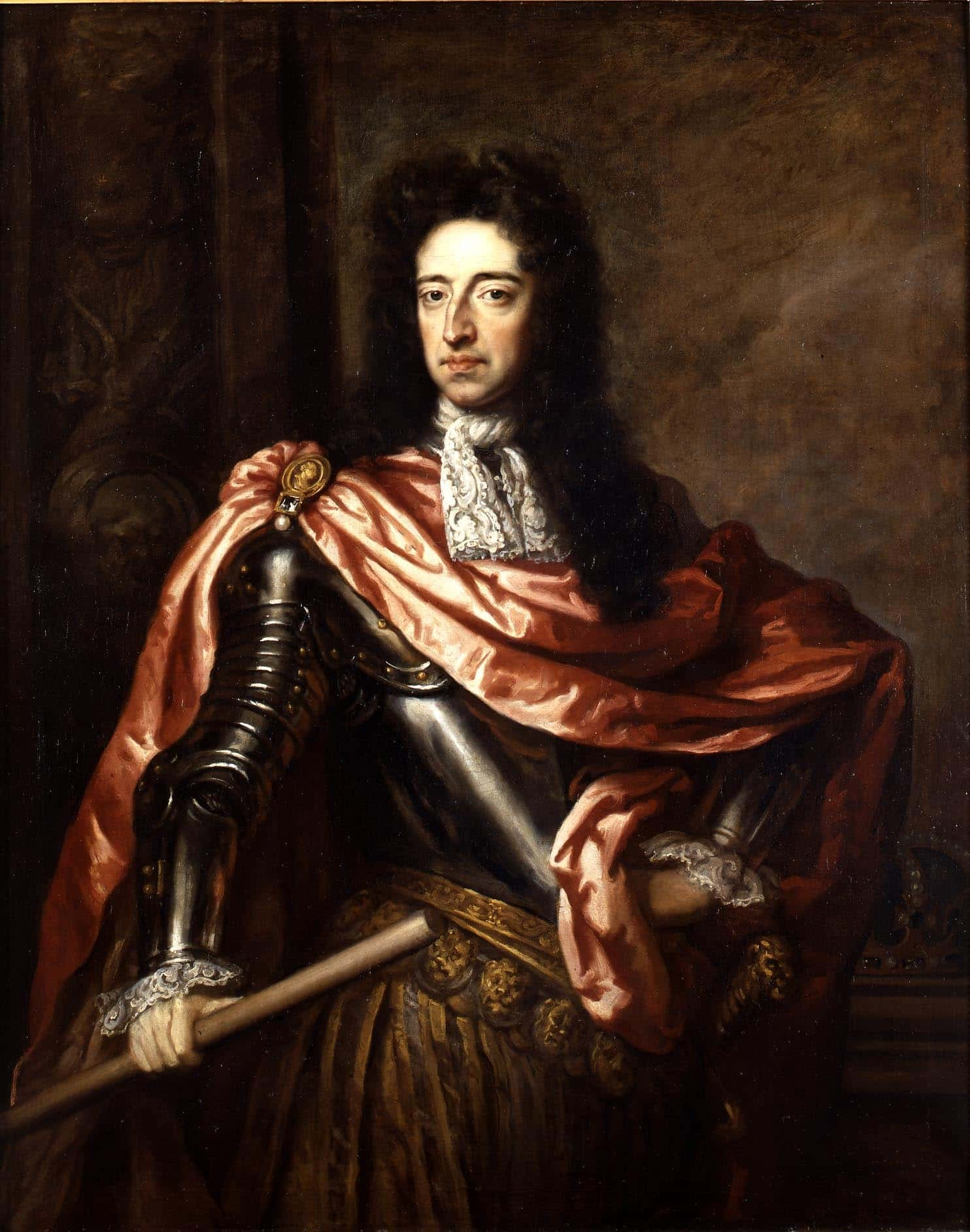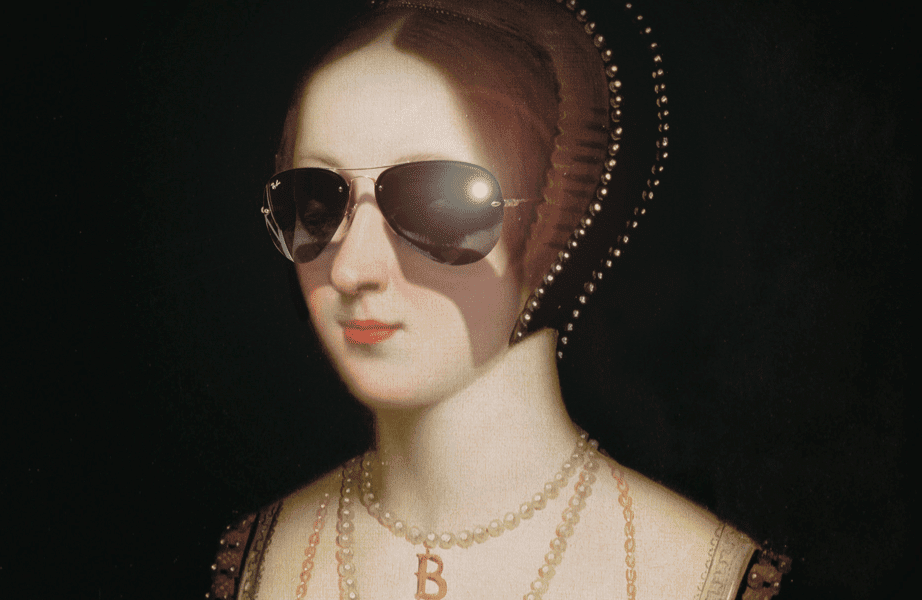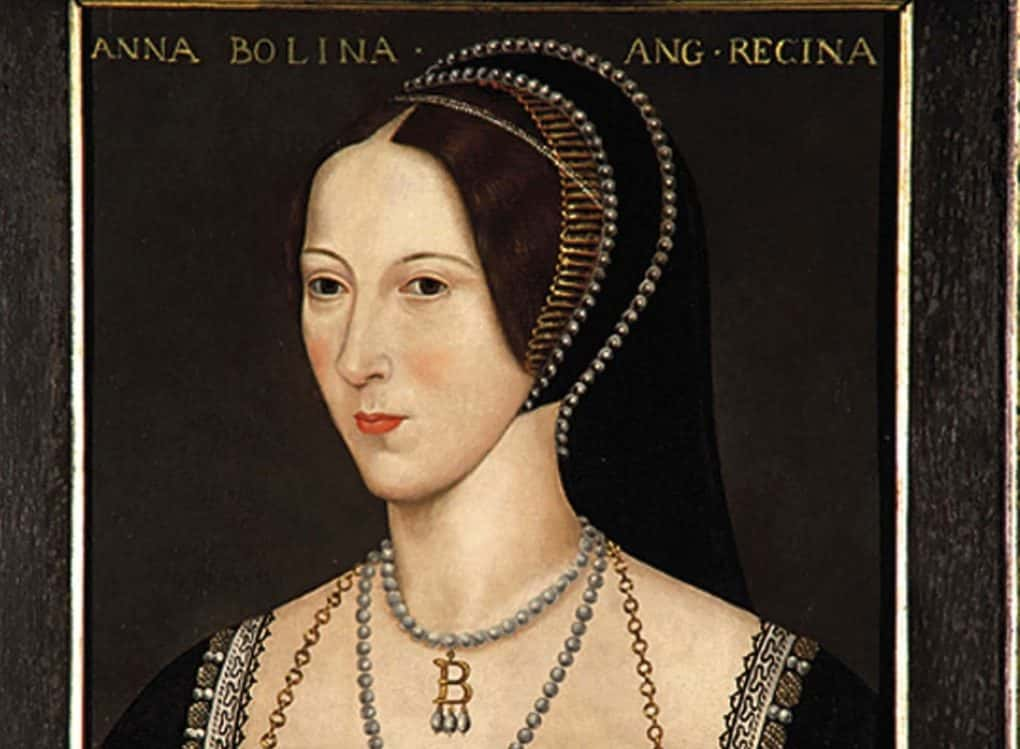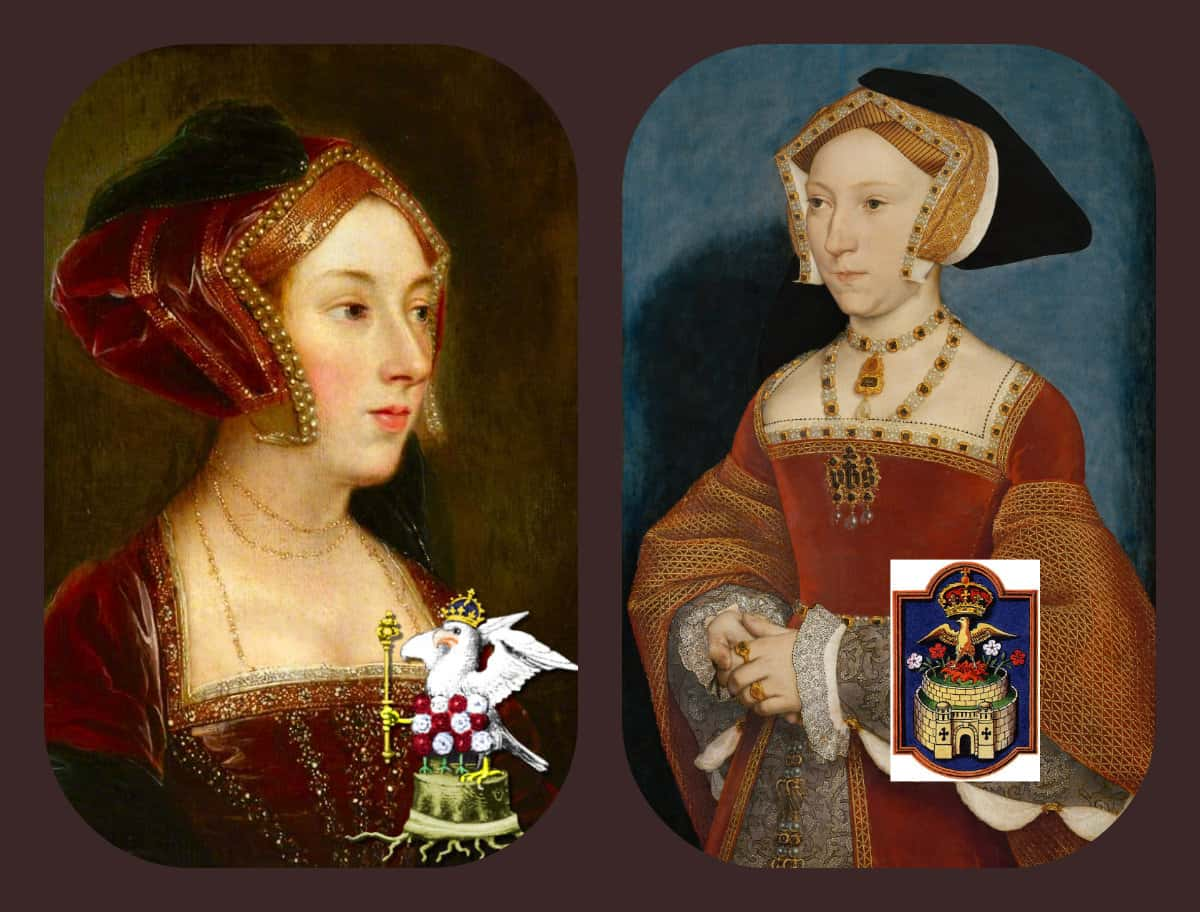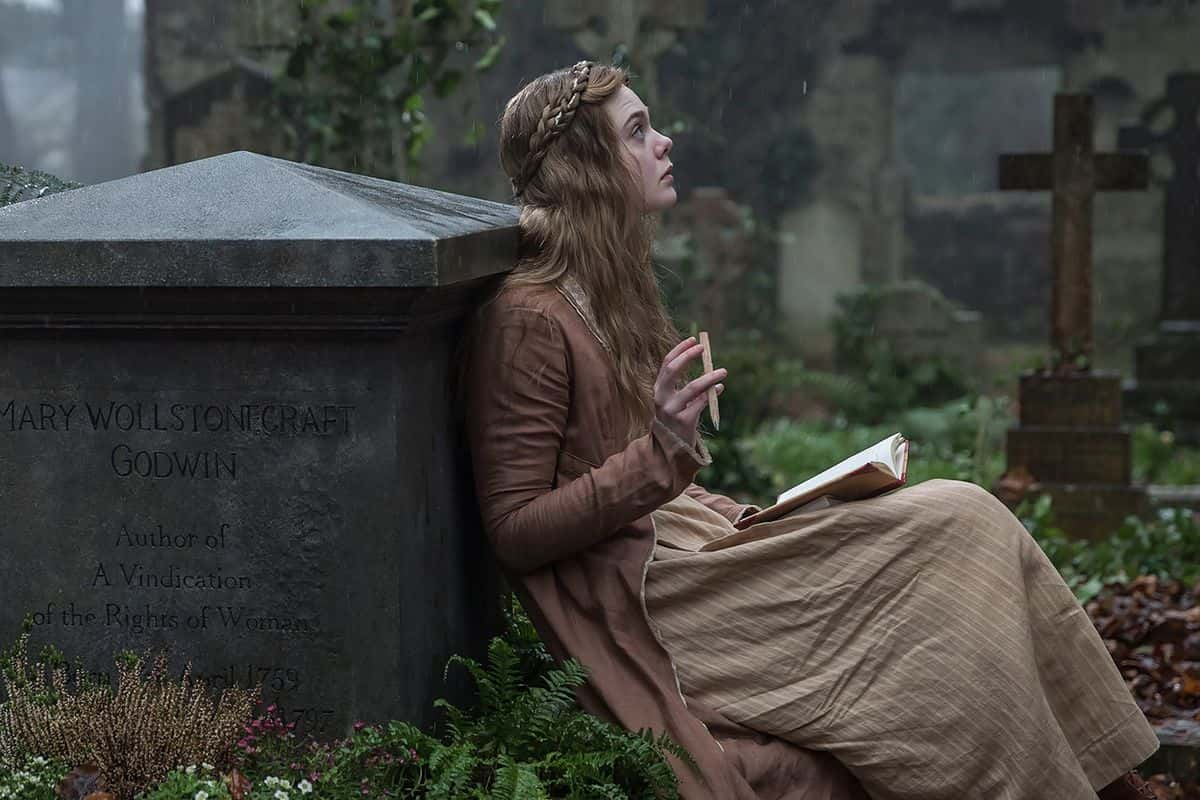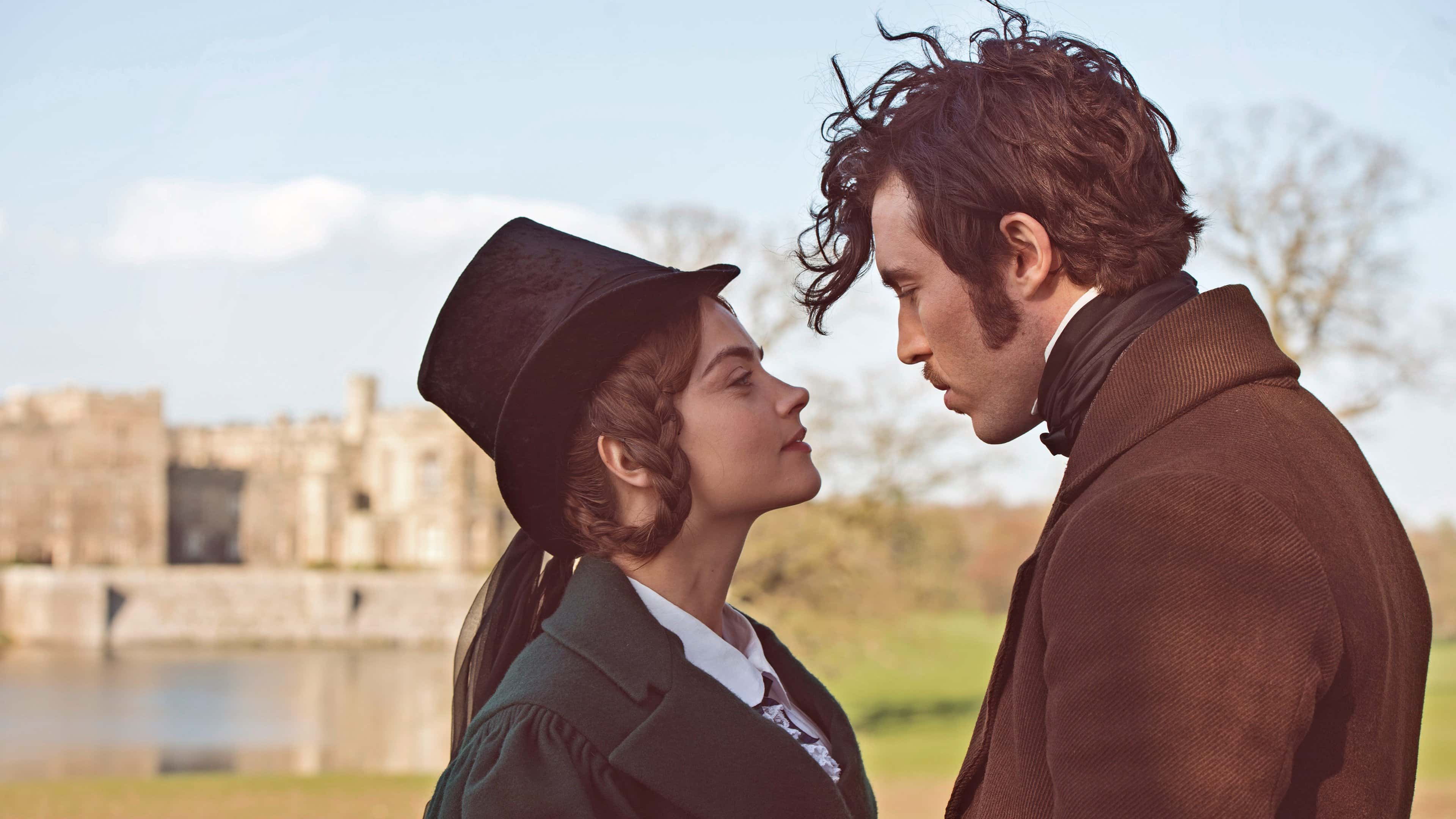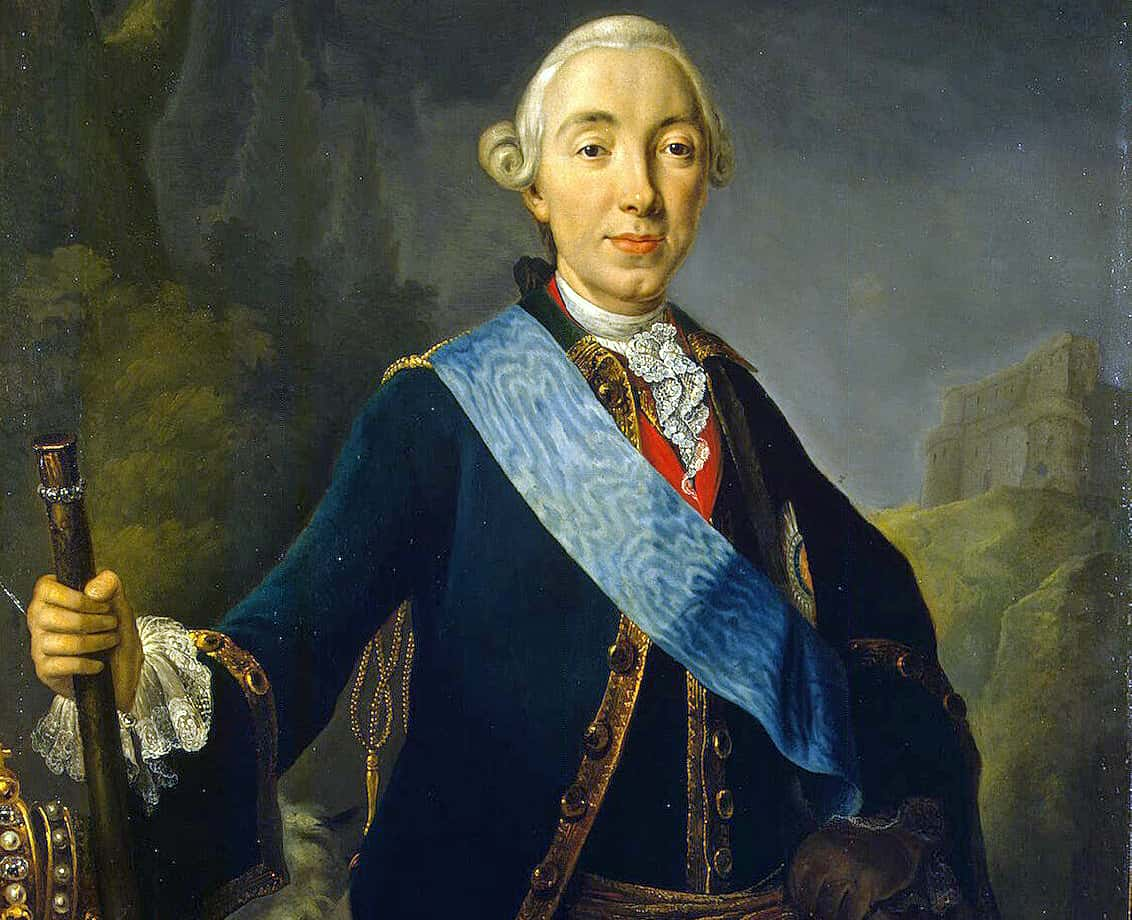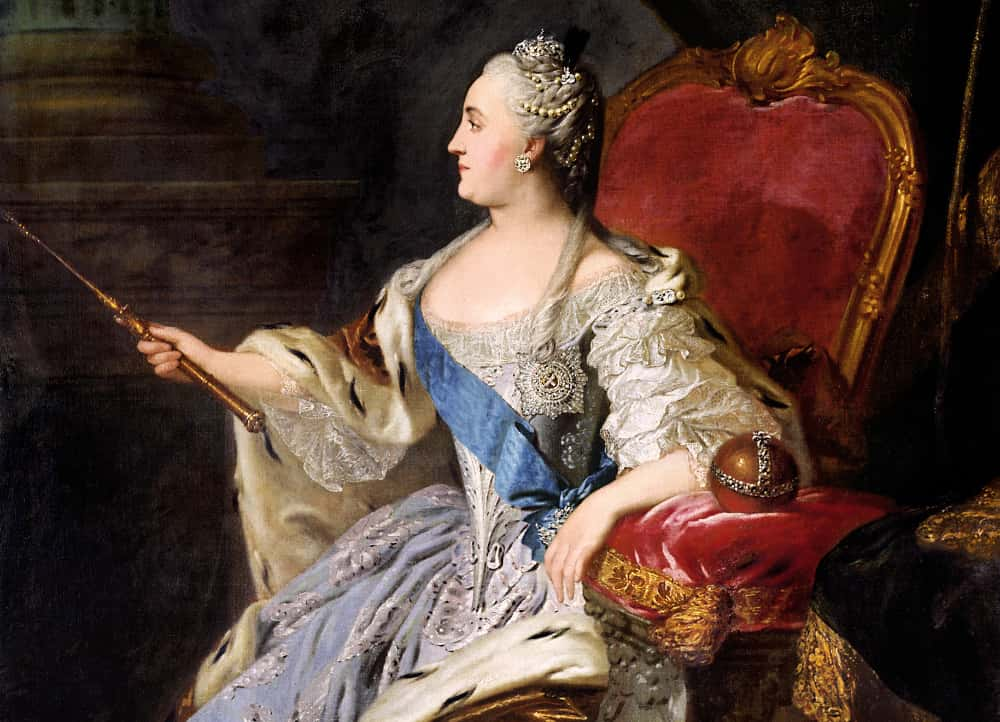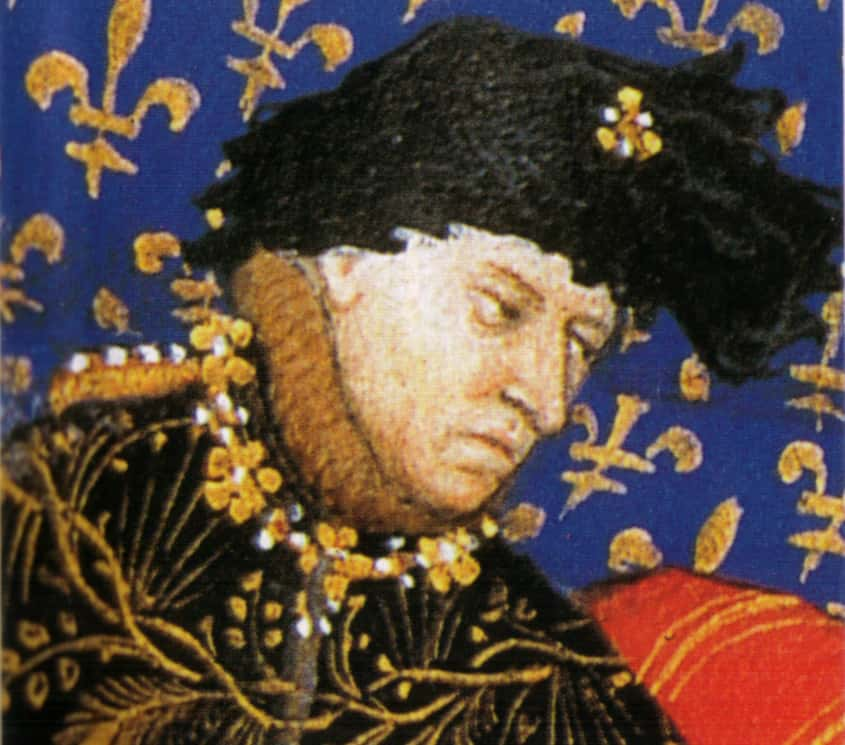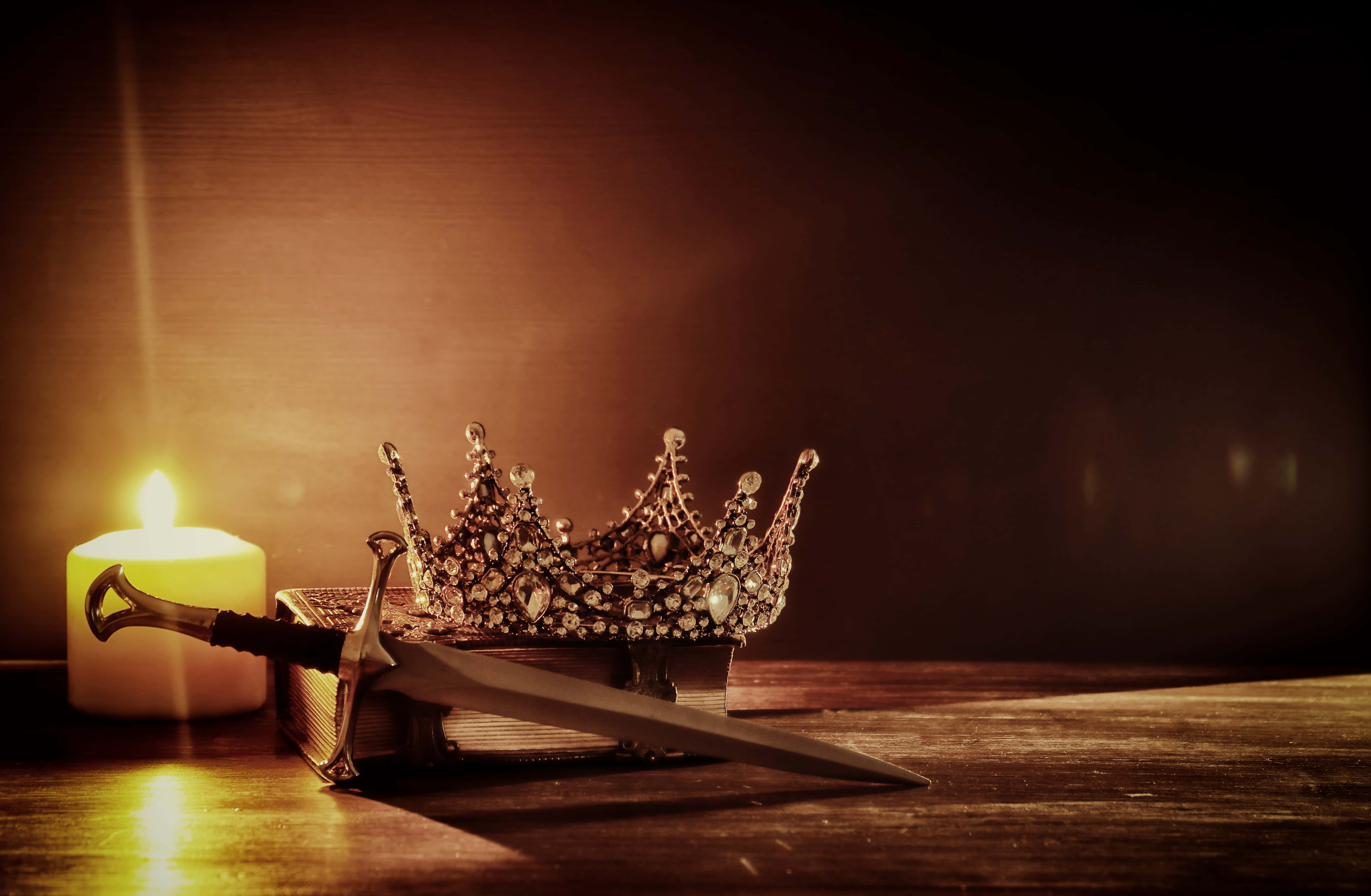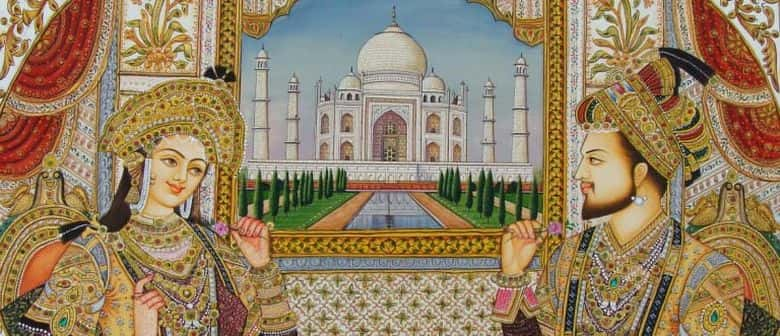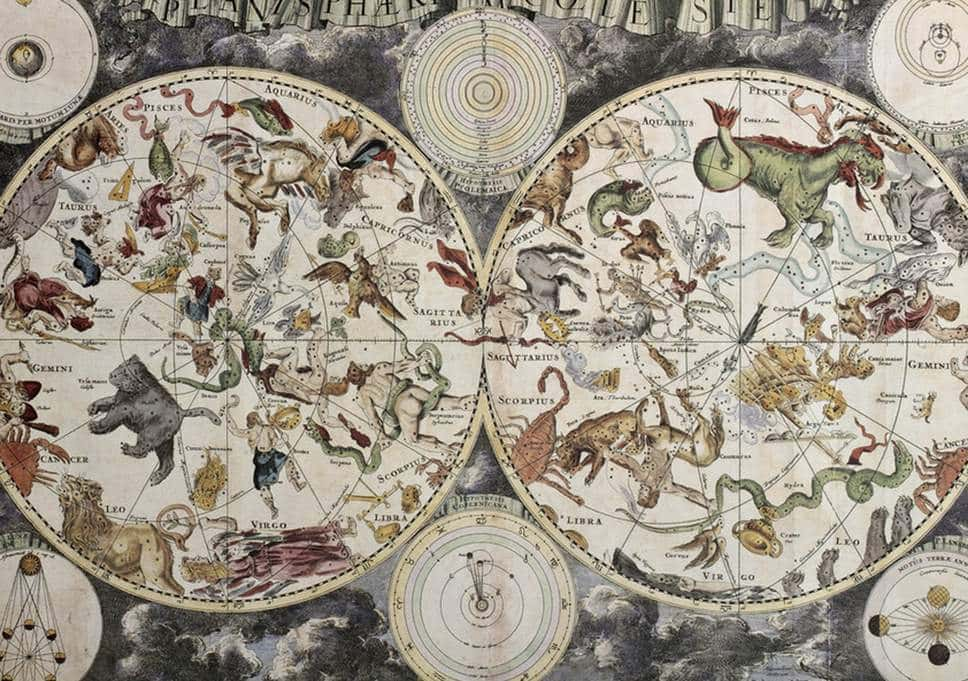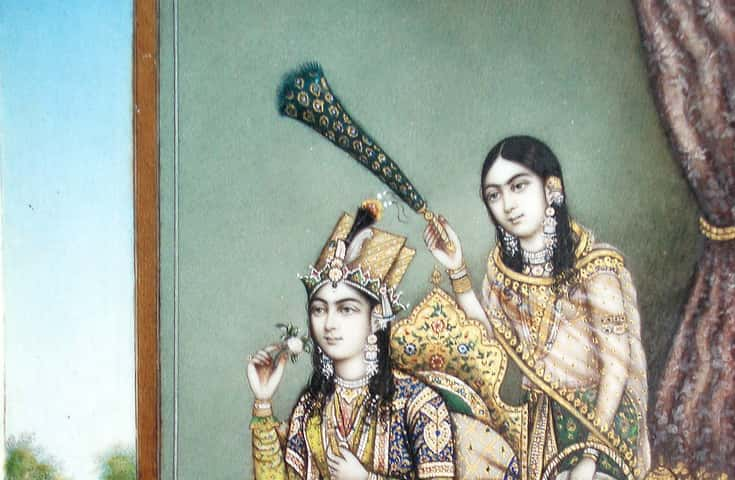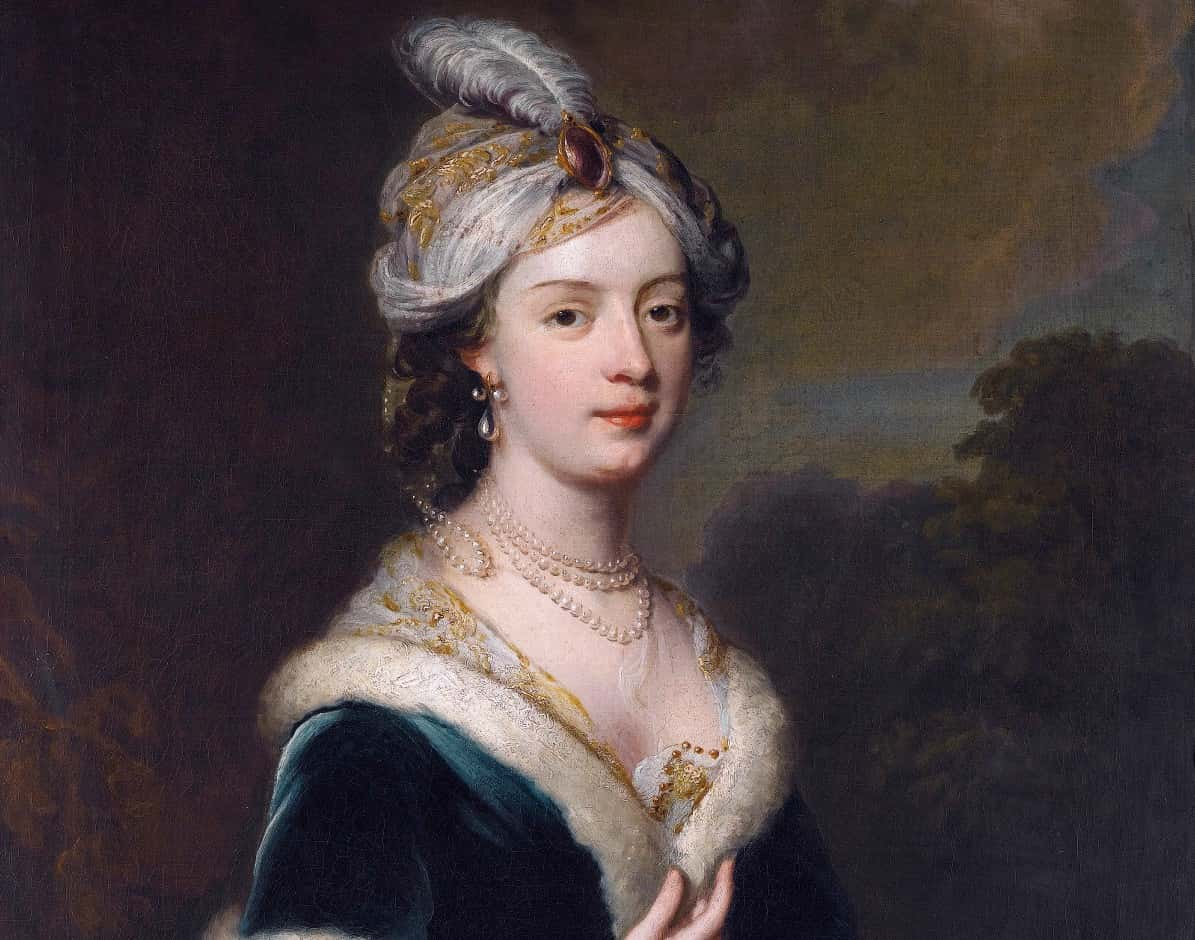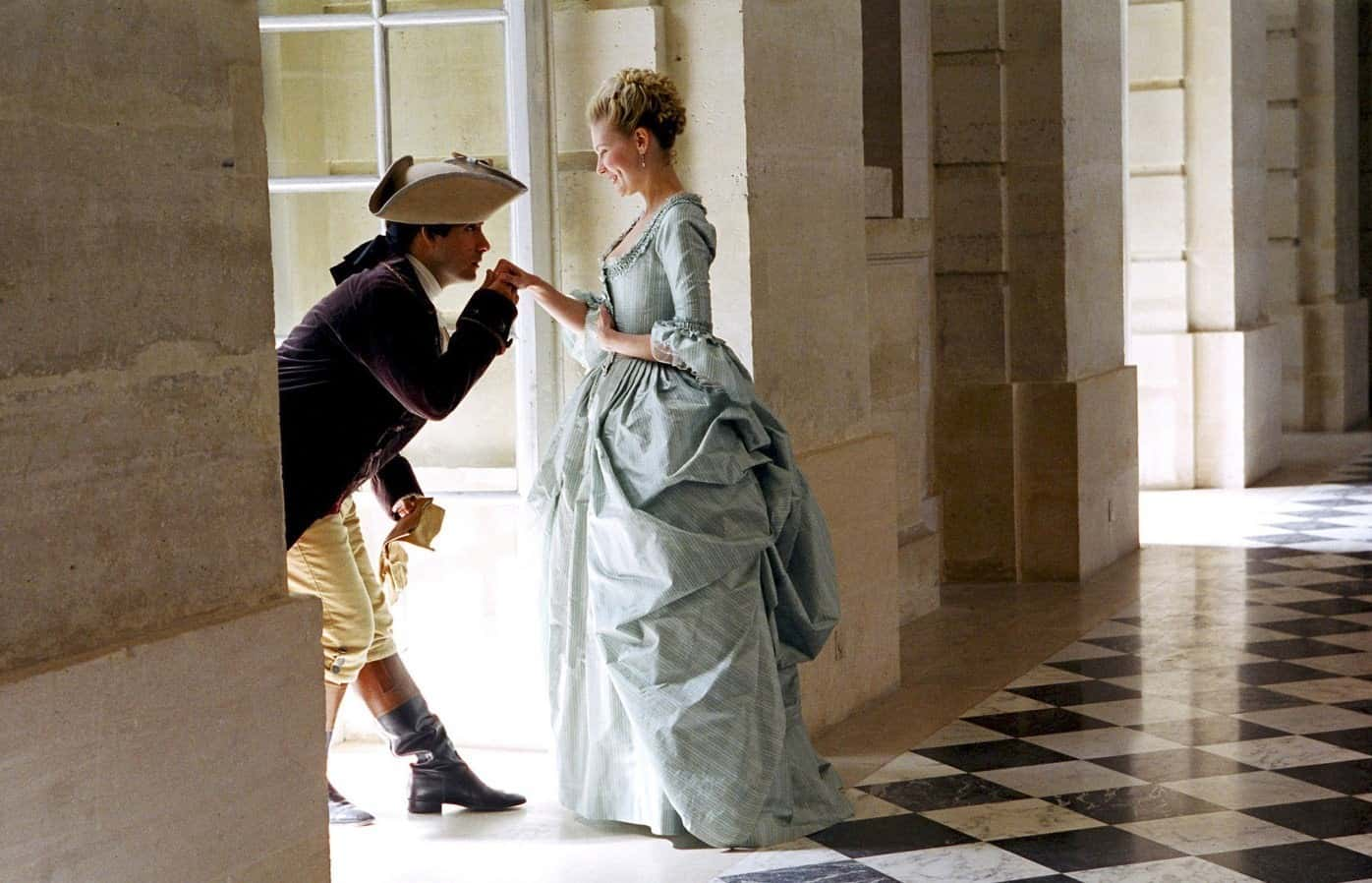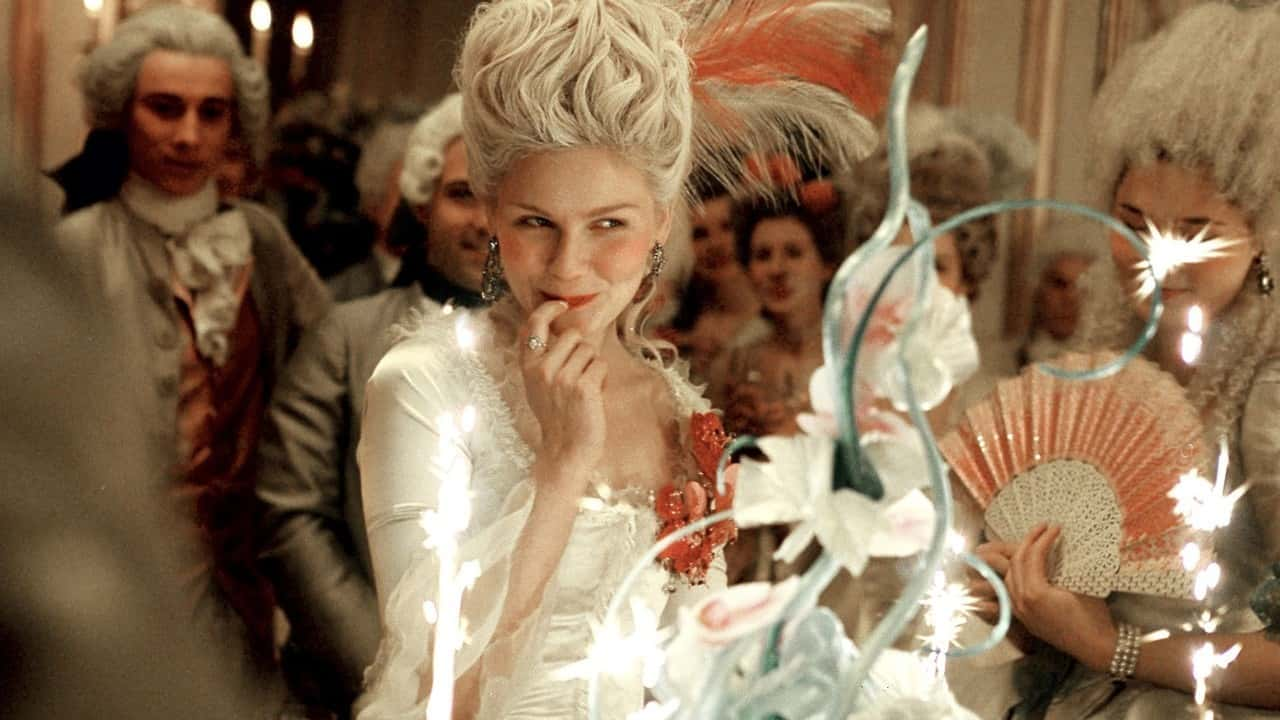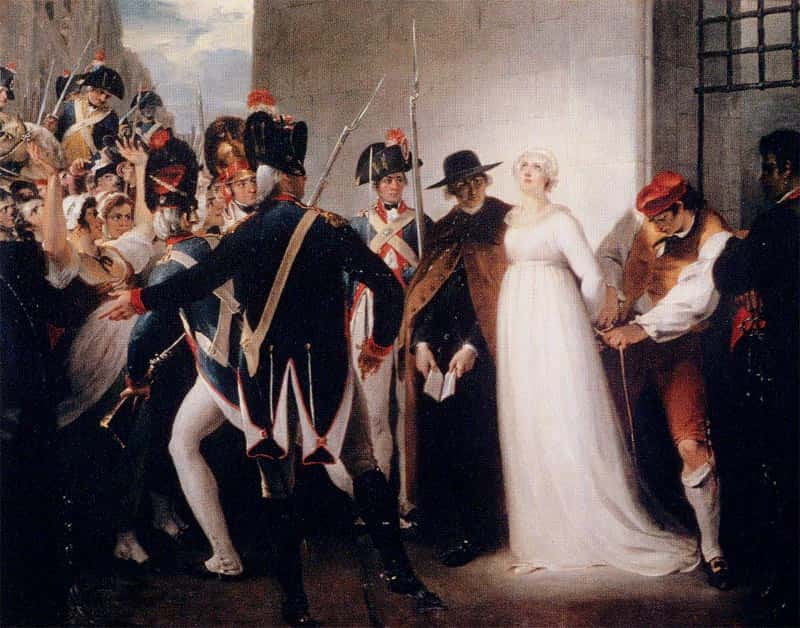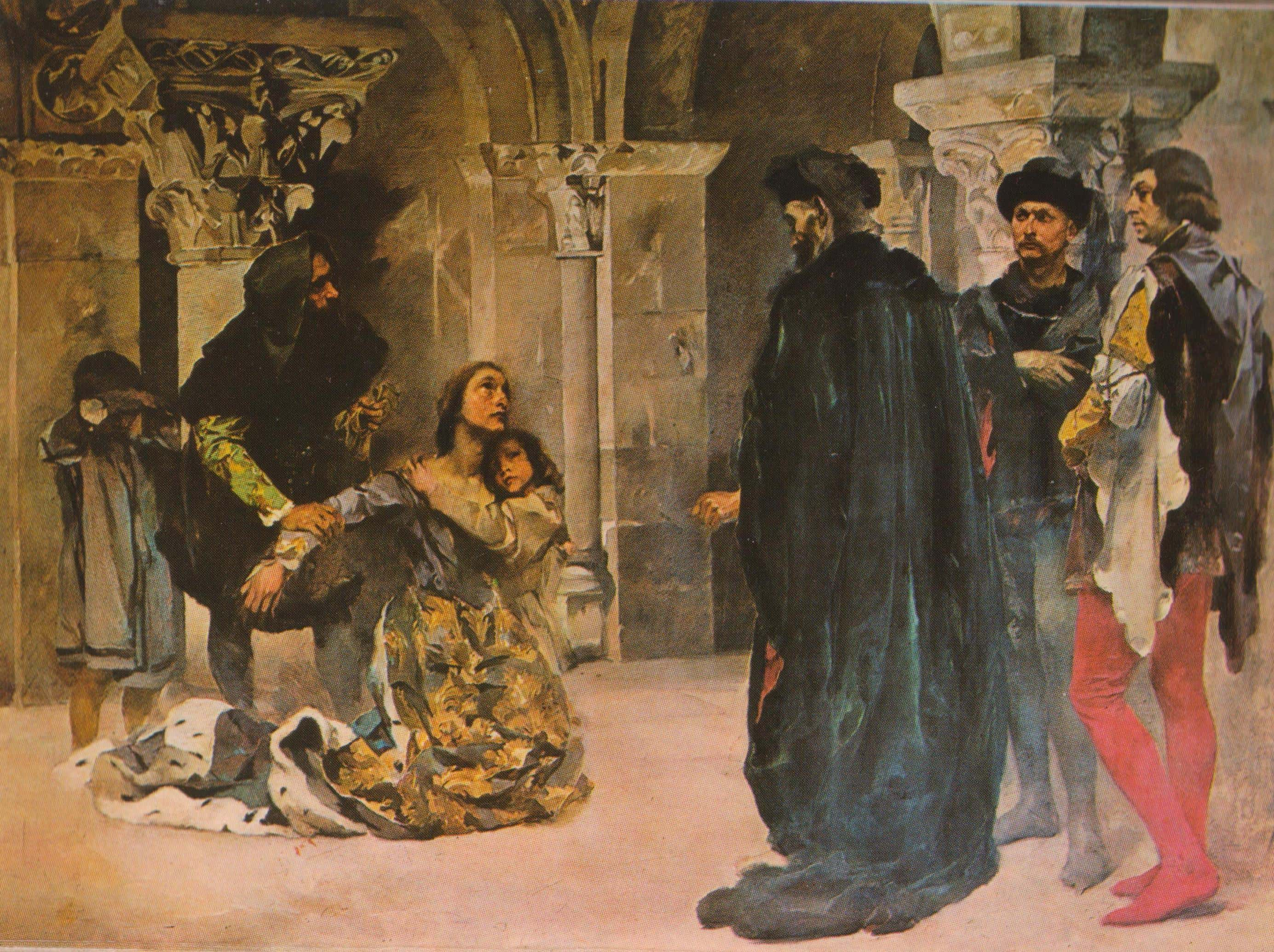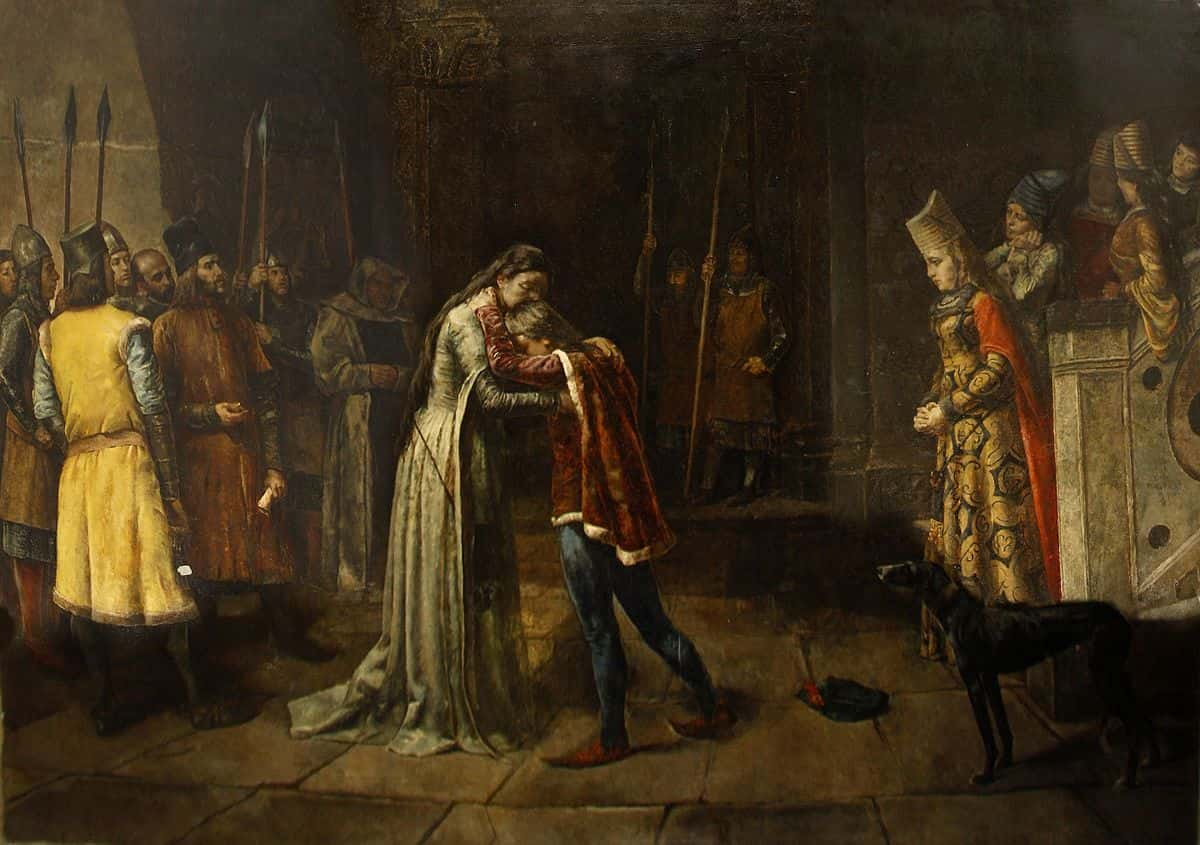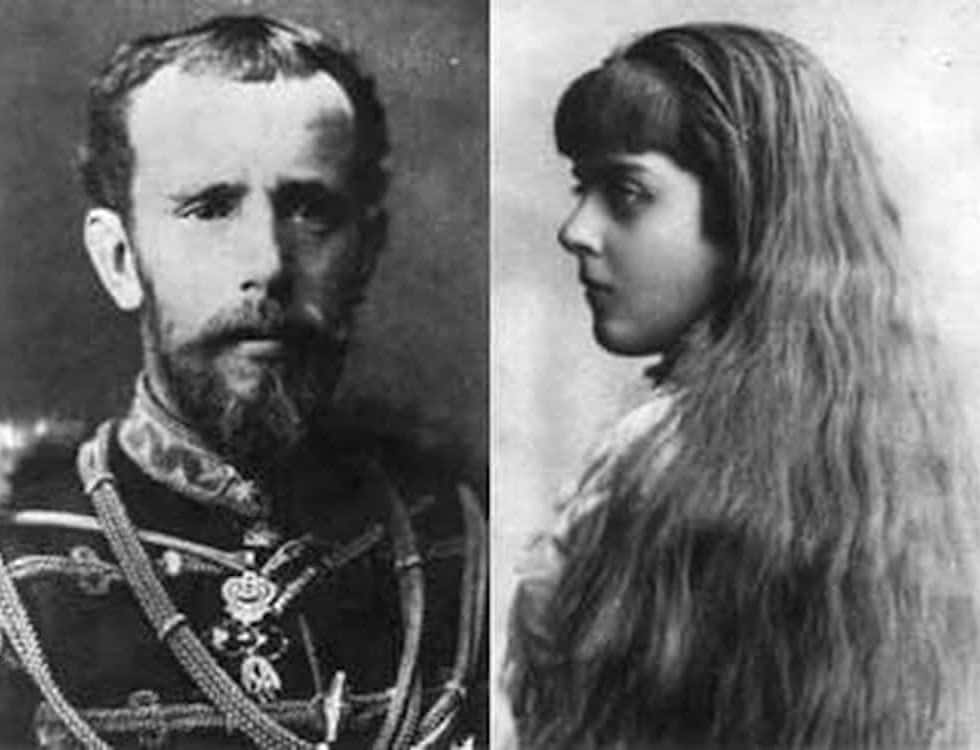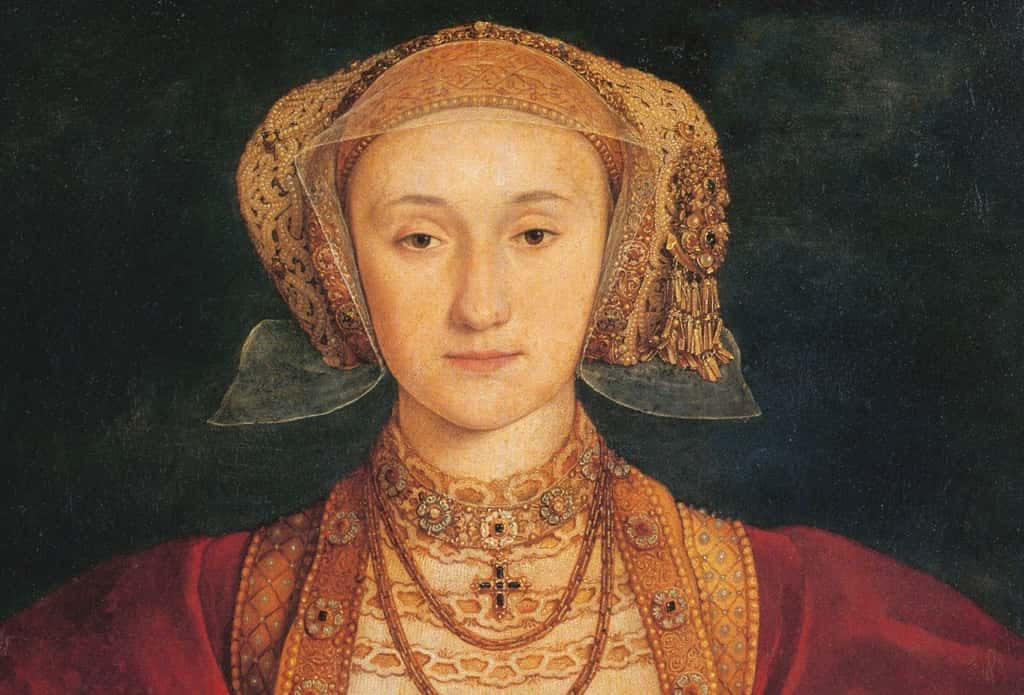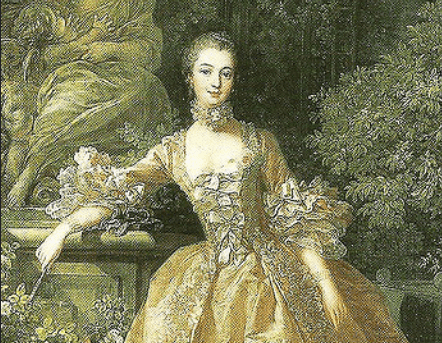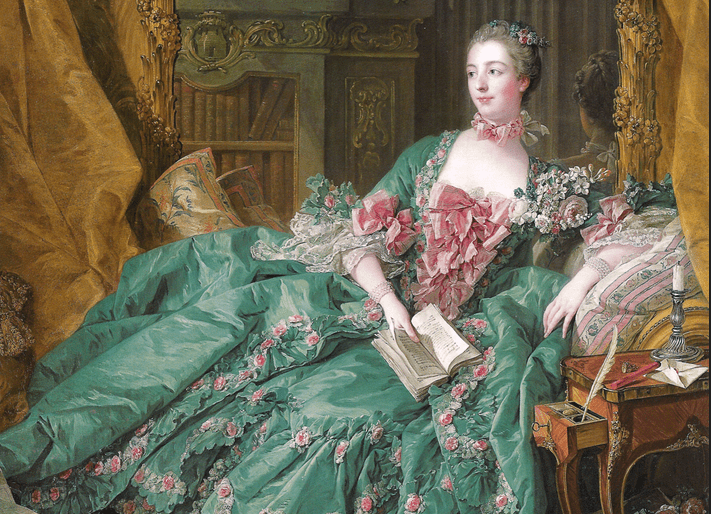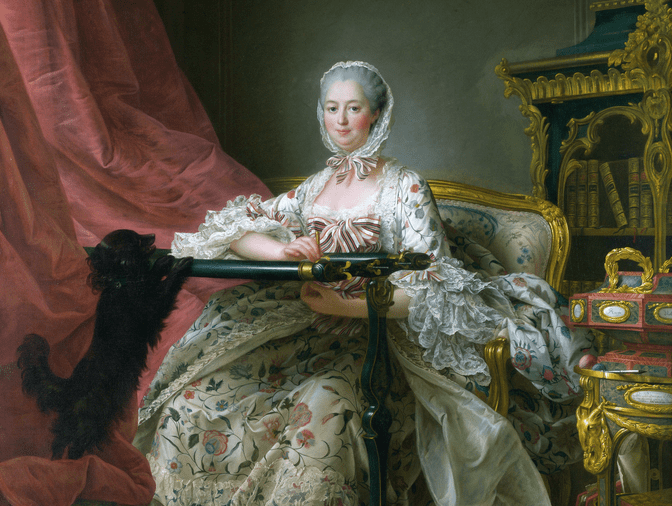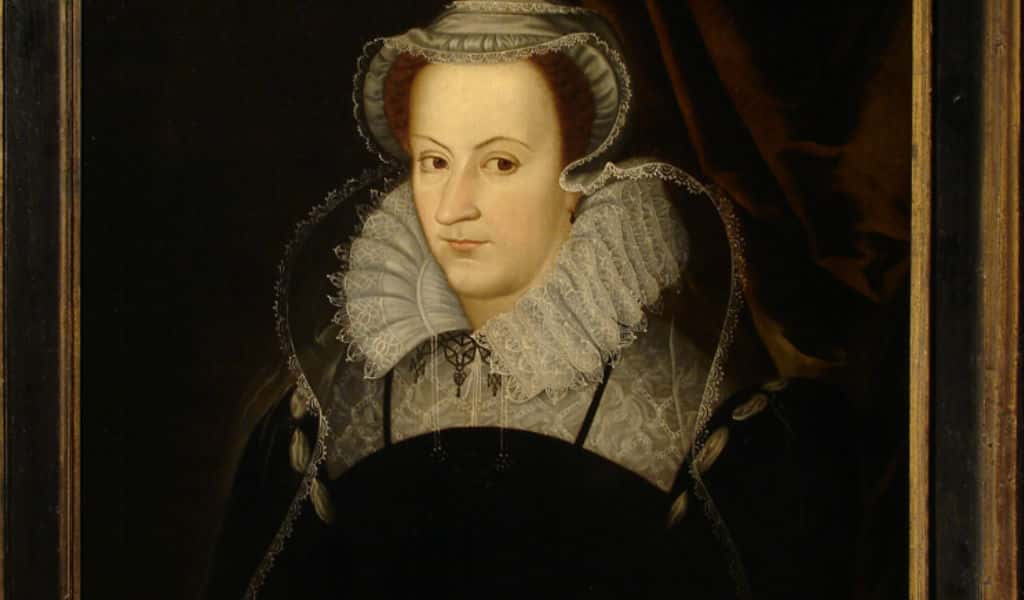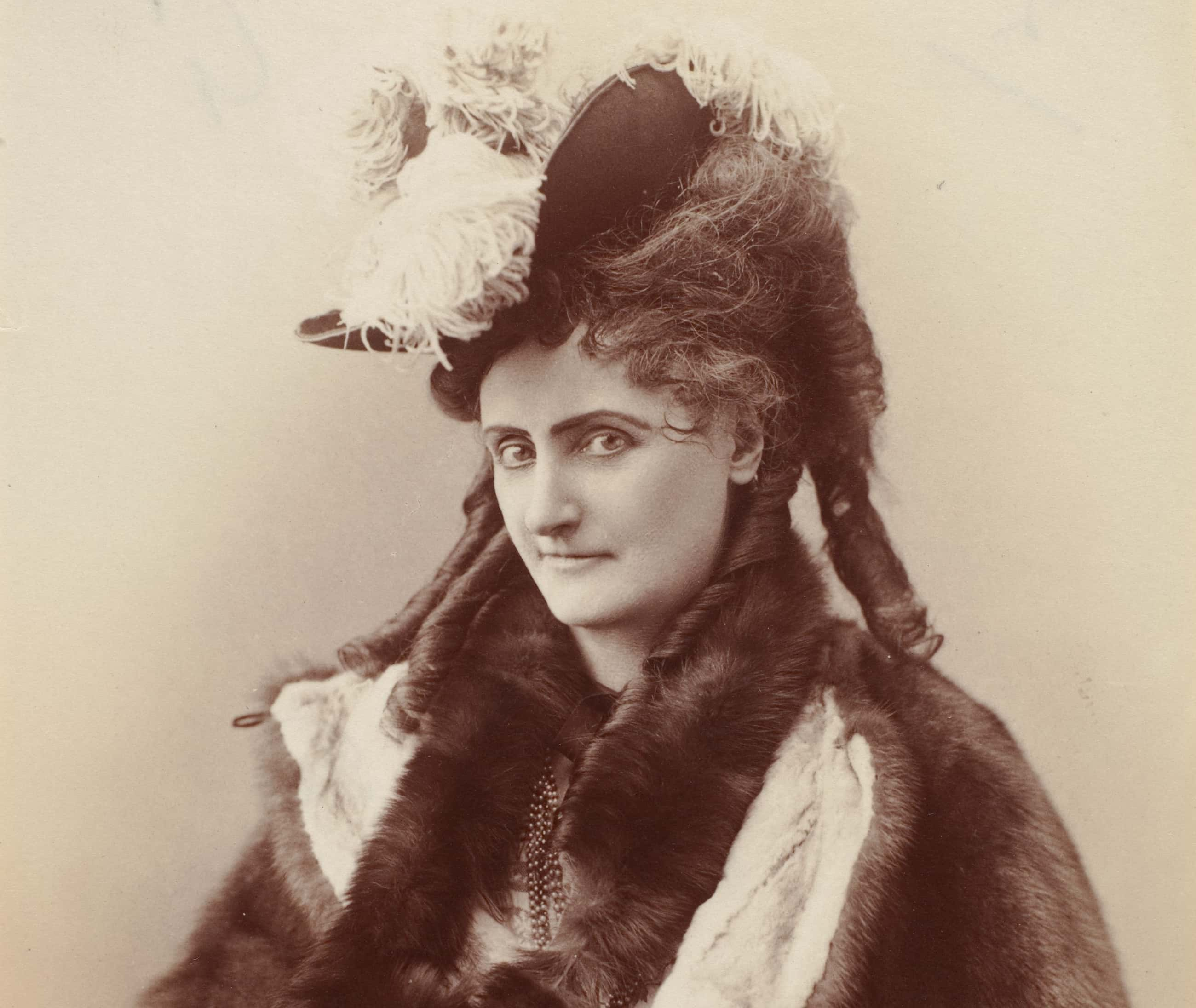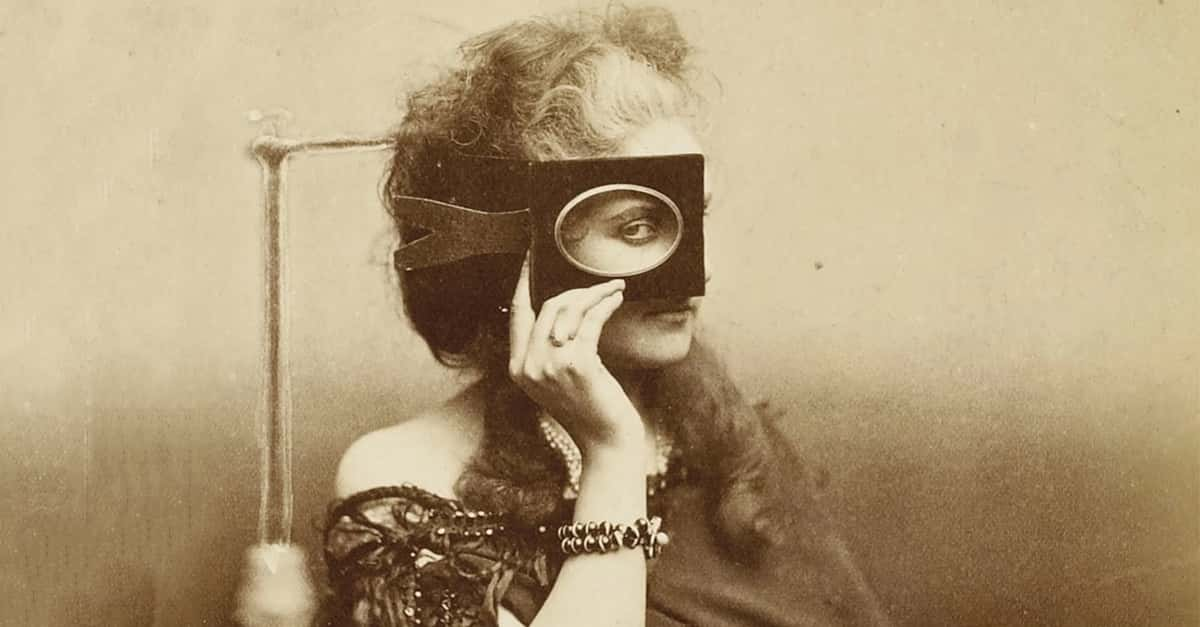Think tragic love stories only happen in the movies? Think again. History is filled with stories of love gone wrong. These tales of tragic illness and loss, lovers kept apart by forces beyond their control, illicit affairs, and pre-mature death rival any romantic epic. Here are 101 heartbreaking facts about history's tragic love stories.
1. All According to Plan
Before there was Romeo and Juliet, there was Héloïse and Abélard—the star-crossed medieval lovers whose affair crossed social boundaries of class, education, gender, and even the decorum of the Church itself. When their affair began, the pair were a tutor and his pupil; when it ended, they were a monk and nun, separated by scandal but still in each other’s lives thanks to the power of written word.
2. Looking for Something Causal
Abélard wasn’t looking for long-lasting romance: he was looking for a booty call. In a letter, the tutor admitted himself that he was already on the look-out for a potential mistress to help him kill time between study sessions. Although several ladies piqued his interests, only Héloïse snared his attention for long because, in his words, he wasn’t partial to “easy pleasure.”
3. Meet Me in the Pews
According to some biographers, Héloïse and Abélard got “busy” in a church refractory—but only after much convincing from Abélard.
4. Where in the World…
Other “romantic” settings for the couple’s physical encounters including the convent kitchens and even the bed of Héloïse’s own Uncle Fulbert. Cozy.
5. A Star Is Born
Héloïse and Abélard’s affair resulted in a son, whom they named Astrolabe. For the record, an “astrolabe” is also the name of an old-fashion navigational device that helps astronomers figure out the Earth’s position in relation to the stars. Nerd parents will be nerd parents.
6. I Know Something You Don’t Know
To smooth things over with her uncle, re: that illegitimate pregnancy, Abélard agreed to marry Héloïse. However, the marriage had to be kept secret, or else it would ruin the scholar Abélard’s career. Nevertheless, Fulbert began to spread rumors about the marriage as revenge against Abélard’s damage to the family reputation.
7. Cut It Out or I Will
By the time of their son’s birth and their marriage, it was rumored that Abélard was already beginning to lose interest in his once-pupil and lover Héloïse—perhaps because he’d sent her to a convent. Shortly after, Héloïse’s uncle Fulbert arranged for Abélard to be castrated in revenge for Héloïse’s convent trip, which her uncle believed was an attempt to dump her.
This act humiliated Abélard, but also threw a towel over his wandering eye.
8. Together 4 Ever
In 1142, Abélard passed away, aged 63. Héloïse would outlive him by 20 years, later dying in 1163. The couple were ultimately buried side-by-side.
9. The Acting Head Of State
King Ludwig I fell deeply in love with a stage actress, Lola Montez, going so far as to make her a countess. Montez would wield her influence in a way some might call “kinda dictator-ish,” silencing dissidents and closing universities. When the people of Bavaria began to revolt, Ludwig I was forced to abdicate the throne, and Countess Lola was forced to flee.

History's most fascinating stories and darkest secrets, delivered to your inbox daily.
10. Biblical Bad Boy
Herod the Great was king of Judea. Modern readers might recognize him as the King who wanted to kill Baby Jesus in the Gospel of Matthew. He was also accused of killing his brother-in-law, whom he had named a High Priest at the insistence of his wife, Mariamne. Suffice it to say, Herod had a bad reputation.
11. That’s Why He Called Her Honey
When you have a bad reputation—as Herod did—people are likely to say outrageous things about you. Things like, “Herod believed his wife Mariamne had committed adultery so he had her executed. But he still loved her, so he had her body preserved in honey and had sex with her for another seven years. Then he married a woman named Mariamne II.”
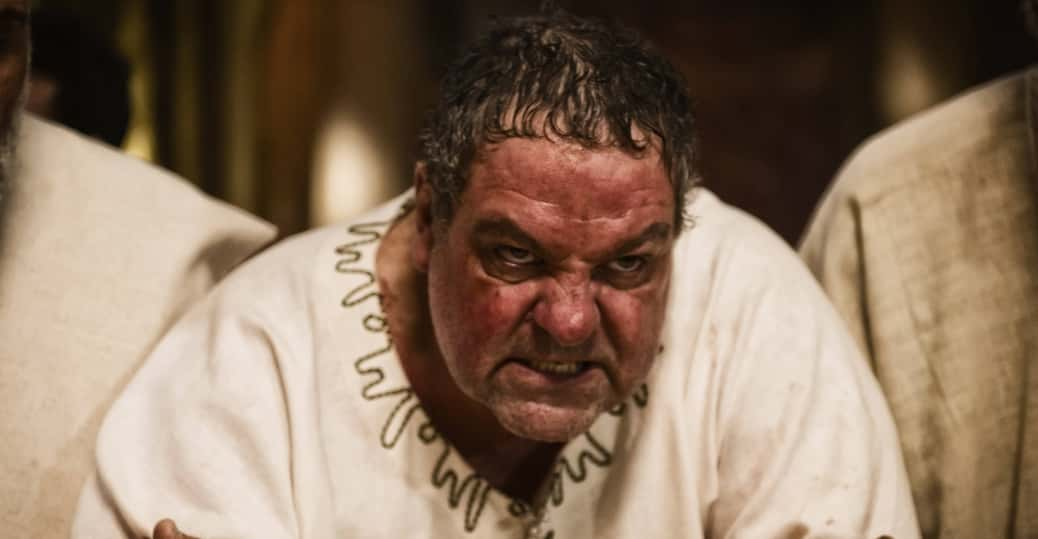 Real Life Villains Wiki - Fandom
Real Life Villains Wiki - Fandom
12. Dear Old Dad
In 47 BC, Cleopatra showed up on Julius Caesar’s doorstep with a baby and told Caesar that he was the father. The story seemed believable—the baby was, after all, named “Caesarion”—but that would have caused political difficulties for Caesar, who was married at the time, and who had already adopted another heir, Octavian.
While Caesar allowed Cleopatra and her son to remain in Rome, he continuously denied the child was his and had a friend, Gaius Oppius, distribute a pamphlet “proving” Caesar wasn’t the father.
13. Marrying Down
Cecily of York was the sister-in-law of Henry VII. She was also married to Henry’s uncle, Viscount Welles. But when the Viscount died, Cecily remarried Thomas Kyme, a humble country squire from Lincolnshire. Henry was furious—an unmarried sister-in-law could have been a good diplomatic bargaining chip—and he seized all Cecily’s property and banished her from his court.
14. Meeting His Love
While it’s true that Writer F. Scott Fitzgerald and his wife Zelda had a pretty tricky relationship, Zelda really was his first and one true love. He met her while stationed in Camp Sheridan, Alabama during the war (she was the daughter of an Alabama Supreme Court Judge). They fell in love and he proposed, but she broke off the engagement when the war ended, convinced that he wouldn’t be able to properly support her working as a writer.
15. Young, Beautiful, and Scandalous
F. Scott and Zelda Fitzgerald were the celebrity power couple of their era. As Fitzgerald’s star rose, they appeared on magazine covers, gave interviews to the biggest publications, and were seen at the most exlcusive parties. Their behavior put them in the headlines and kept them there, and the public lapped it up! They would have ruled Social Media.
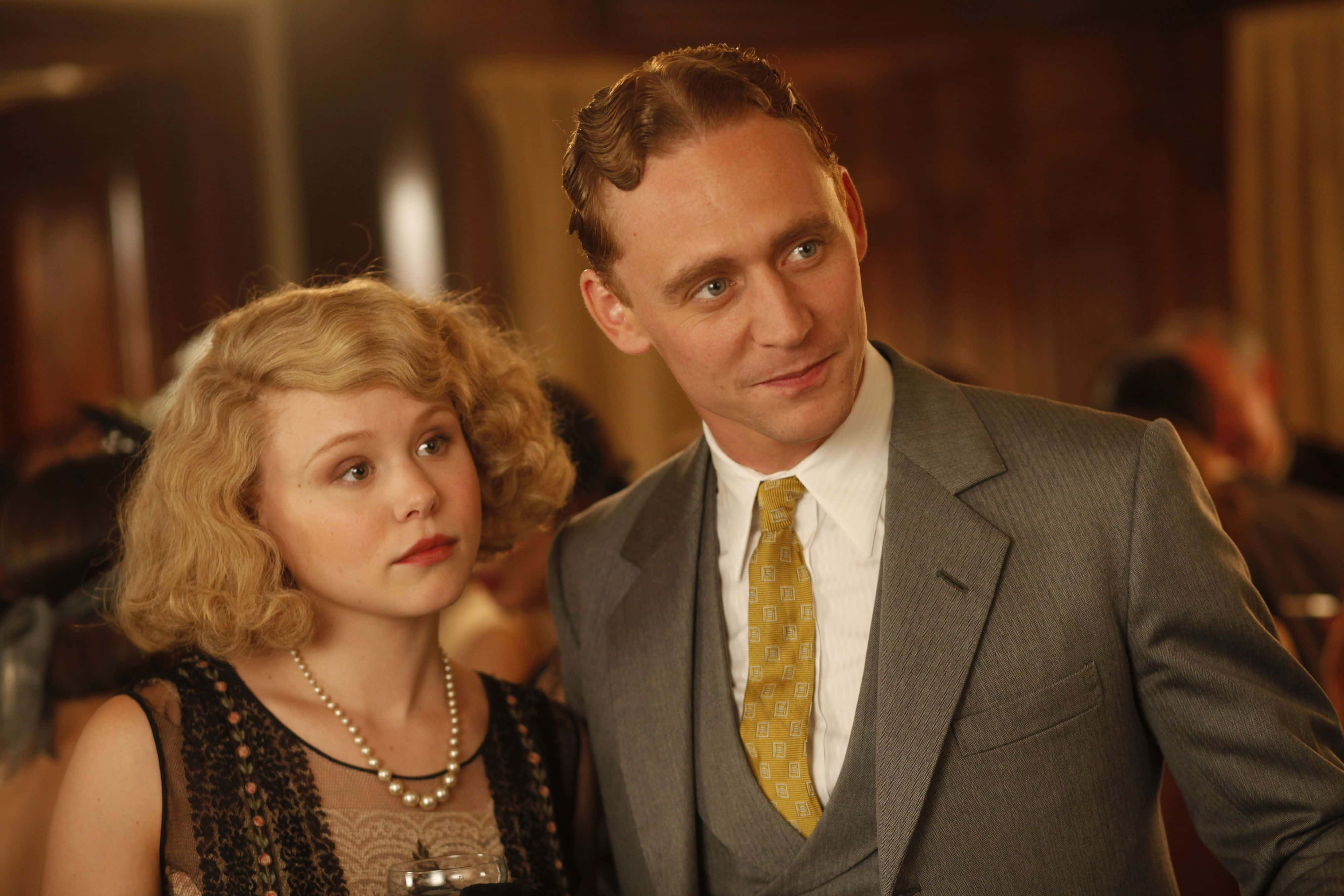 z-moto
z-moto
16. Parallel Lives
Zelda’s struggles with mental illness are well-documented, and they had a major impact on Fitzgerald’s own mental and emotional state. His channels his experiences with her suicide attempt and battles with schizophrenia through the character of American expat Dick River in his novel Tender is the Night.
17. A Match Made in Heaven?
So yes, Zelda Fitzgerald’s marriage to F. Scott was the textbook definition of toxic relationship. They were both alcoholics, they were mutually unfaithful, she accused him of having a gay relationship with Ernest Hemingway, and she had multiple nervous breakdowns, eventually being diagnosed with schizophrenia. All of this only got worse as the years wore on, and they were estranged at the time of his death.
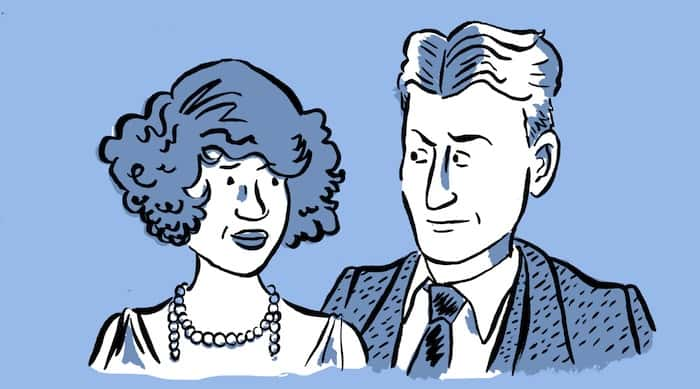 pinterest
pinterest
18. Tragic End
Zelda Fitzgerald’s death at age 47 had nothing to do with her illness but was a result of a terrible accident. A fire broke out in the kitchen of the mental hospital where she was living at the time, and Fitzgerald was killed when the fire spread into the waiting room where she was locked in and sedated, reportedly waiting for electroshock therapy. Eight other women also died that day, but it was a tragic end to an even more tragic life.
19. Dad Will Need a Place to Crash
Born on November 6, 1479, Joanna of Castile was the daughter of two powerhouse monarchs: Isabella of I Castile and Ferdinand II of Aragon. Her parents’ glorious marriage—and fervor for religious enforcement—would unify Spain as we know it today. During Joanna’s lifetime, however, her parents’ separate kingdoms functioned more as an independent partnership rather than a united country.
20. Third Time is The Harm
Her father had no claim to rule Castile in his own right—a contention which boded terribly for Joanna’s future relationship with dear old dad. As female heir to a rich country, Joanna was surrounded by male relatives who had much to gain from her loss of power. Her husband, her father, and eventually her own son would all attempt to wrestle Castile from Joanna’s unstable hands.
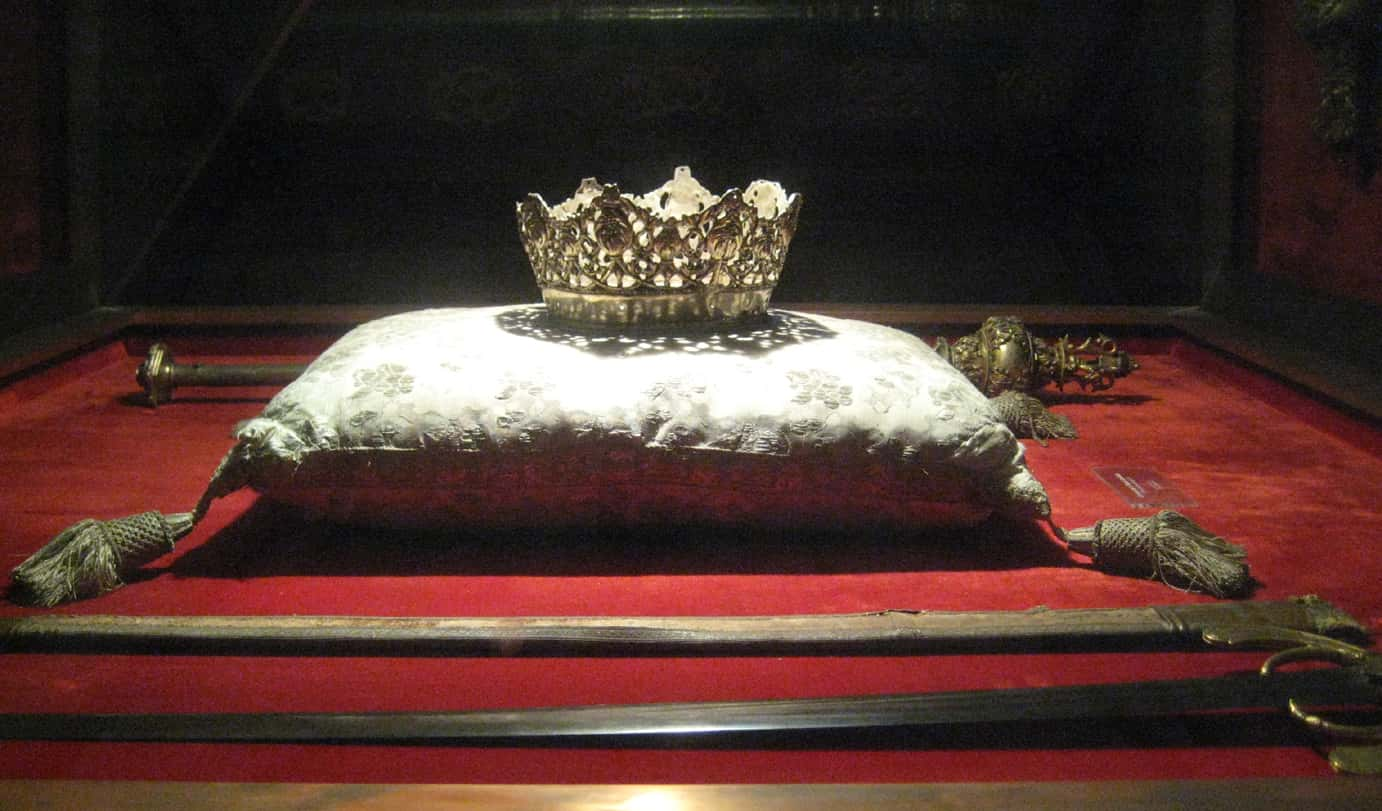 Wikimedia Commons, user:shakko
Wikimedia Commons, user:shakko
21. The Universal Language of Madness
In the annals of Spanish history, Joanna of Castile goes down as “Juana La Loca” for her “madness.” This epithet wasn’t lost in translation: her name is often Anglicized to Joan or Joanna the Mad (For the sake of simplicity, we’re going with the Anglicized epithet and will be referring to her as Joanna). Some mean names just stick.
22. Not Enough Room in This Bed for All of Us
Joanna’s marriage to Philip was one of mutual but lopsided passion. Joanna worshipped him; Philip found Joanna beautiful and charming, but not worth staying faithful to. Her Burgundian beau quickly began to see other ladies on the side. His infidelities often sent Joanna into jealous rages and depressive tailspins—and as we'll see, they were the least of his betrayals.
23. Going Out for a Pack of Smokes…
Some men can’t handle their wives making more: the pressure of being Castile’s heir put a strain on Joanna’s marriage to Philip of Burgundy. He had moved his court to be with Joanna in Castile as the country’s heirs, but their arguments intensified until he eventually left Joanna pregnant and alone in Madrid.
24. Time to Unwind
As you might expect, Joanna did not take Philip's abandonment very well at all. In a dark omen of things to come, she fell mentally and physically apart when he left: The heiress indulged in the rather unroyal conduct of crying herself to sleep every night, refusing lavish meals, and flinging her royal body against the walls.
25. I’m Big Enough to Say, “She’s Crazy”
Joanna's insanity, however, has an even darker and more personal side: Recent scholarship has suggested Joanna’s own beloved husband spread the rumors of his wife’s “insanity.” While Joanna’s real behavior hardly helped, the ambitious Philip had an incentive to push the image of his wife as an incapable ruler. He was certainly insecure about his role in Joanna’s regime and looked to usurp her authority.
26. Behind Every Man...
It’s rare when a country invites a foreigner to invade their country and supplant their leader. However, this happened to England in 1688, when James II’s unpopularity was such that an invasion by the Dutch leader William of Orange seemed preferable. The key figure in this “Glorious Revolution,” however, was William’s wife, Mary. The daughter of King James II, she played a crucial role in overthrowing him and seating herself and her husband on the throne of England.
27. The Sad Bride
Reportedly, when Mary was told that she would be marrying William, “she wept all that afternoon and all the following day.” Mary was reported to weep again during her wedding in St. James’ Palace. It’s worth pointing out that she would later be described as being completely devoted to William, so it seems she managed to make things work.
28. Making the Best of It
Due to William’s frequent military campaigns, Mary was often left alone in the Netherlands. This led her family to accuse William of being a cruel and neglectful man, and considering the religious differences, it’s safe to say that family reunions were very awkward. As for Mary, though, she was popular back in Britain for being married to such a prominent Protestant royal family as the Dutch one, and the Dutch population was won over by her “animated and personable nature.”
29. Cruel Tragedy
Despite accusations of William neglecting Mary, the young princess was pregnant just months into the marriage. Tragically, Mary would lose the baby in a miscarriage. It’s been widely speculated that this miscarriage caused Mary to become unable to bear children. Mary herself would be haunted by her lack of children for the rest of her life.
30. Girl Crush?
Starting when she was about nine up until her marriage, Mary maintained a very close correspondence with her maid of honor, Frances Apsley. Historians have often speculated that, based on the content of her letters, Mary may have had a romantic desire for Apsley. If such is the case, Apsley did not share those feelings, as her letters were far more formal in their content. The question of whether Mary was bisexual remains inconclusive.
31. Boy Crush?
Additionally, there have been theories around the possibility that William may not necessarily have been heterosexual. These mostly stemmed from Jacobite sympathizers who wanted to smear William’s reputation, but court rumors of the time also argued that William’s lack of mistresses and his close relationship with a few male courtiers—specifically Hans Willem Bentinck and Arnold Joost van Keppel—could very well be evidence that he was bisexual or gay. Historians remain divided on the matter and will likely never be able to prove it one way or the other.
32. Farewell to the Queen
In 1694, Mary contracted smallpox, and became bedridden. She insisted that anyone who had not had the disease to stay away as she feared spreading her sickness onto others. She died on December 28, at the tragically young age of 32. Despite celebrations amongst the Jacobite supporters, she was mourned on a national level as a competent and beloved ruler.
33. Sad Ending for the Sisters
When Mary and William were crowned monarchs of England, Scotland, and Ireland, Mary’s sister Anne was made their heir should they have no children. However, Mary and Anne quarreled bitterly during Mary’s time as ruler. The two sisters would rarely see each other and would not attempt a reconciliation until Mary’s illness.
Anne urgently wrote to Mary, wishing to see her one last time, but Mary refused to allow it because she was afraid that Anne would also contract smallpox if she came.
34. And Then There Was One
By all accounts, William was devastated by his wife’s death, with one record describing him as “the miserablest [sic] creature on earth.” He never married again, spending the rest of his life as the sole monarch of England. However, his popularity in England never recovered following Mary’s death.
35. Difficult Divorce
The oft-married Henry VIII was no stranger to controversy. In his obsessive pursuit of a male heir, Henry frequently flung caution and propriety to the wind, but his boldest move was divorcing his first wife, Catherine of Aragon. Henry’s insistence on divorcing Catherine of Aragon and marrying his mistress Anne Boleyn ran afoul of the Roman Catholic church. Henry was excommunicated, which ultimately led to the creation of the Church of England.
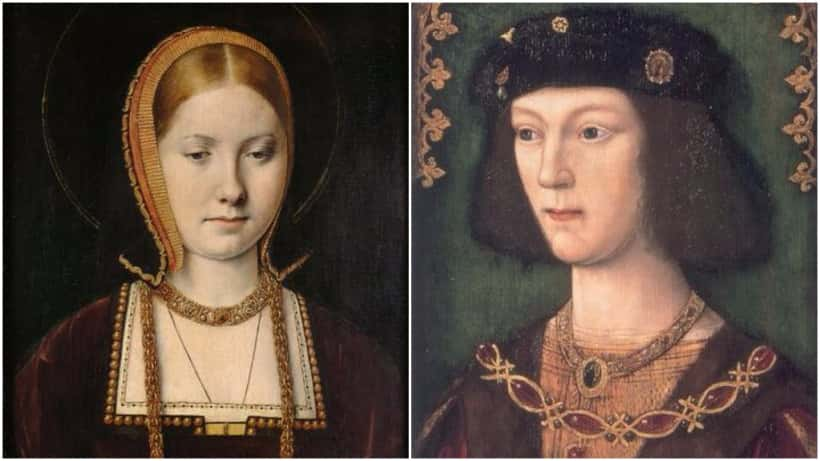 Paranormal Whisperer - WordPress
Paranormal Whisperer - WordPress
36. No Love Lost
Anne Boleyn showed no lack of disdain for her predecessor, Catherine of Aragon. She refused to attend Catherine’s funeral, prevented Catherine’s daughter Mary from attending, and spent the day parading around the castle in bright yellow. Rumors spread that Anne had threatened to murder Catherine and Mary, and Catherine’s death led many to suggest that Anne had finally made good on her threat.
37. Losing Her Head
Anne Boleyn herself proved to be the source of much controversy. She was unpopular with the people for her role in Henry’s divorce and her treatment of Catherine of Aragon after, but when she failed to produce a son for Henry, he made plans to get rid of her. A slew of men—including Anne’s own brother, George—were accused of committing adultery with Anne Boleyn. All denied the charges. Nevertheless, Anne was beheaded for adultery, incest, and treason.
38. Heart of Darkness
For its time, Catherine of Aragon’s cause of death was ambiguous. Her embalmer noticed the corpse was in perfect health—save for her heart, which had turned black. That led some people to whisper about poison. Today, historians agree generally agree that Catherine died of heart cancer, which—considering the circumstances of her life—appears too poetic to be true.
39. That Didn’t Take Long
The day after Anne Boleyn’s beheading, Henry VIII got engaged to Jane Seymour, Anne Boleyn’s lady in waiting. While she was publicly proclaimed queen, her coronation never went ahead due to an outbreak of plague.
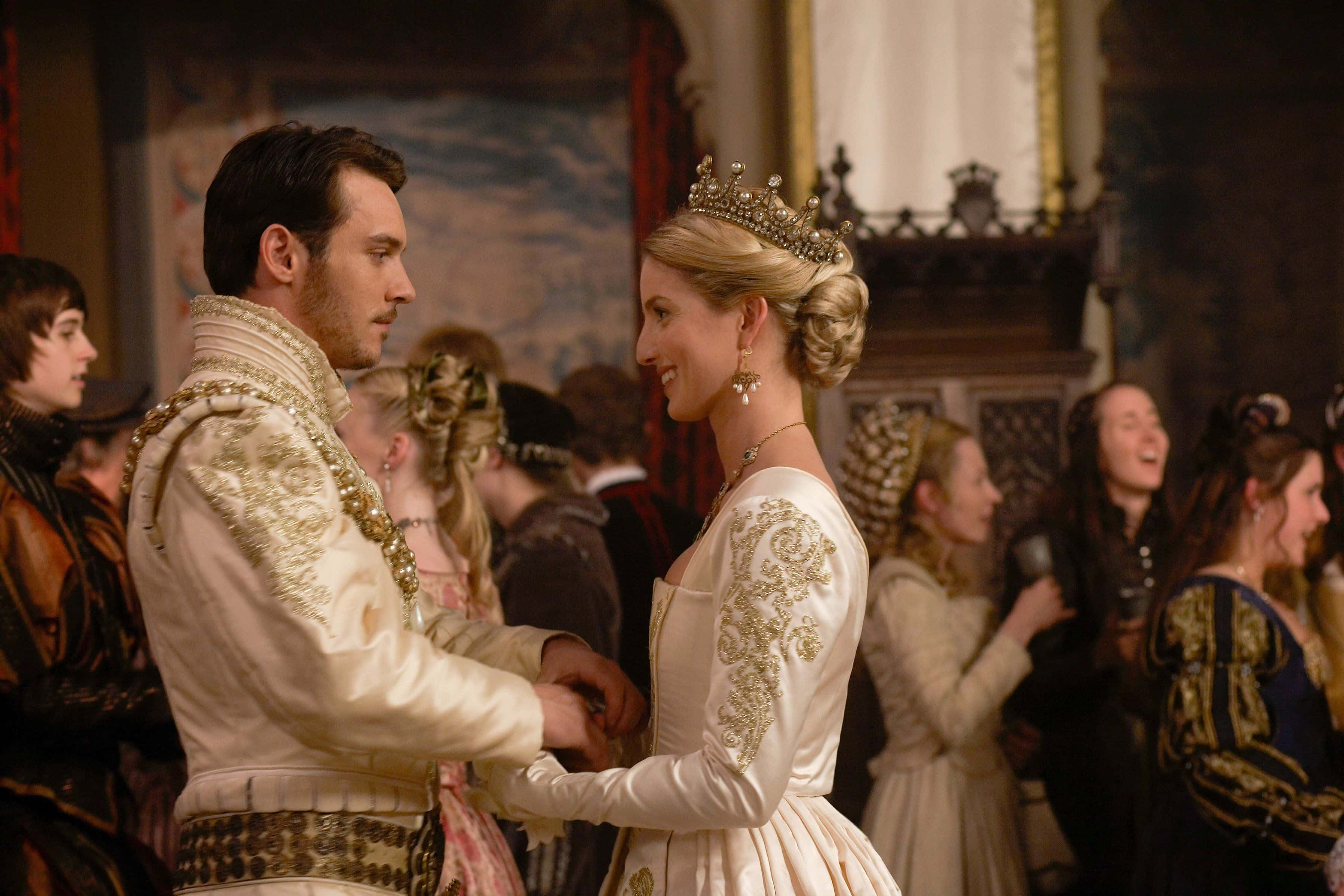 pinterest
pinterest
40. Frenemies
Jane was not only Anne Boleyn’s lady in waiting, she was also Anne’s second cousin. The two women had been close friends at Henry’s court until Anne noticed the necklace Jane wore. The necklace featured a small portrait of Jane’s lover—Henry VIII. Anne angrily snatched the necklace from Jane’s hand, leading to what modern witnesses would probably describe as a “catfight.”
41. The One?
In 1537, to Henry’s great relief, Jane became pregnant with a son. Sadly, Jane Seymour died of complications shortly after giving birth to the future Edward VI. She remained the only one of Henry’s wives to be given a royal burial, and Henry was buried beside her upon his death in 1547. The question now remains: was she the one, or was it the son?
42. A Writerly Love
Mary Wollstonecraft Shelley was best known for her gothic horror novel Frankenstein: or, The Modern Prometheus. She was also married to the romantic poet and philosopher Percy Bysshe Shelley and helped him edit and publish his works.
43. A Recurring Theme
Drownings played a big part in Shelley’s life. Her mother once tried to drown herself in the Thames river, but was rescued by a passerby. Husband Percy’s first wife Harriet was involved in a drowning and Percy himself ended up drowning while on a sailing trip in the Mediterranean. Was it coincidence? Black magic? Could people back then not swim? We'll never know.
44. Carving Out a Living
The death of Percy Shelley in 1822 left Mary with one surviving child to support and little means to do so. She made the almost unheard of choice (for a woman of the time) to support herself as a writer, and ended up writing several short stories and novels before her death in 1851. None were as successful as Frankenstein, but hey—it’s a living!
45. Macabre Keepsake
Shelley was just 24 when her husband Percy died from drowning, and she kept an unusual keepsake to remember him by. When the body was cremated, everything burned except for his heart, which had calcified. Instead of burying it, she wrapped the heart in a silken shroud, and supposedly carried it with her almost everywhere she went.
One year after her death, the heart was found in her desk wrapped in the pages of one of Percy’s final poems. Totally creepy, but also romantic. Most people don’t literally carry their spouse’s heart with them!
 youtube
youtube
46. Accident or Murder?
Percy Shelley’s death by drowning has always been considered somewhat suspicious. Some people close to Shelley argued that he was depressed and that his death may not have been accidental. There are even theories that Shelley was murdered for political gain. Shelly was no angel: He was always in debt, and his philandering reputation didn’t exactly make him a beloved public figure.
There was also the little problem that he was an outspoken atheist. He was so disliked in some sectors that it wasn’t impossible to believe that either an angry creditor killed him, or that someone else plotted to assassinate him. Was it foul play or just an unfortunate accident? You decide!
47. You Can’t Marry Someone You Just Met!!
Queen Victoria and Albert of Saxe-Coburg and Gotha had mutual chemistry from the first time they met. However, Victoria thought that seventeen was too young to get hitched (she’s hardly alone in that philosophy). Three years later, when Victoria was Queen, she met Albert again for the second time. After five days, Victoria ended up proposing to him!
48. Just in Case
In the long years after the death of Prince Albert, Victoria continued to insist that his personal rooms in Buckingham Palace be kept prepared for him in case he somehow returned! A bowl of hot water for shaving purposes was always placed in the room, and a new change of clothes was always laid out on the bed.
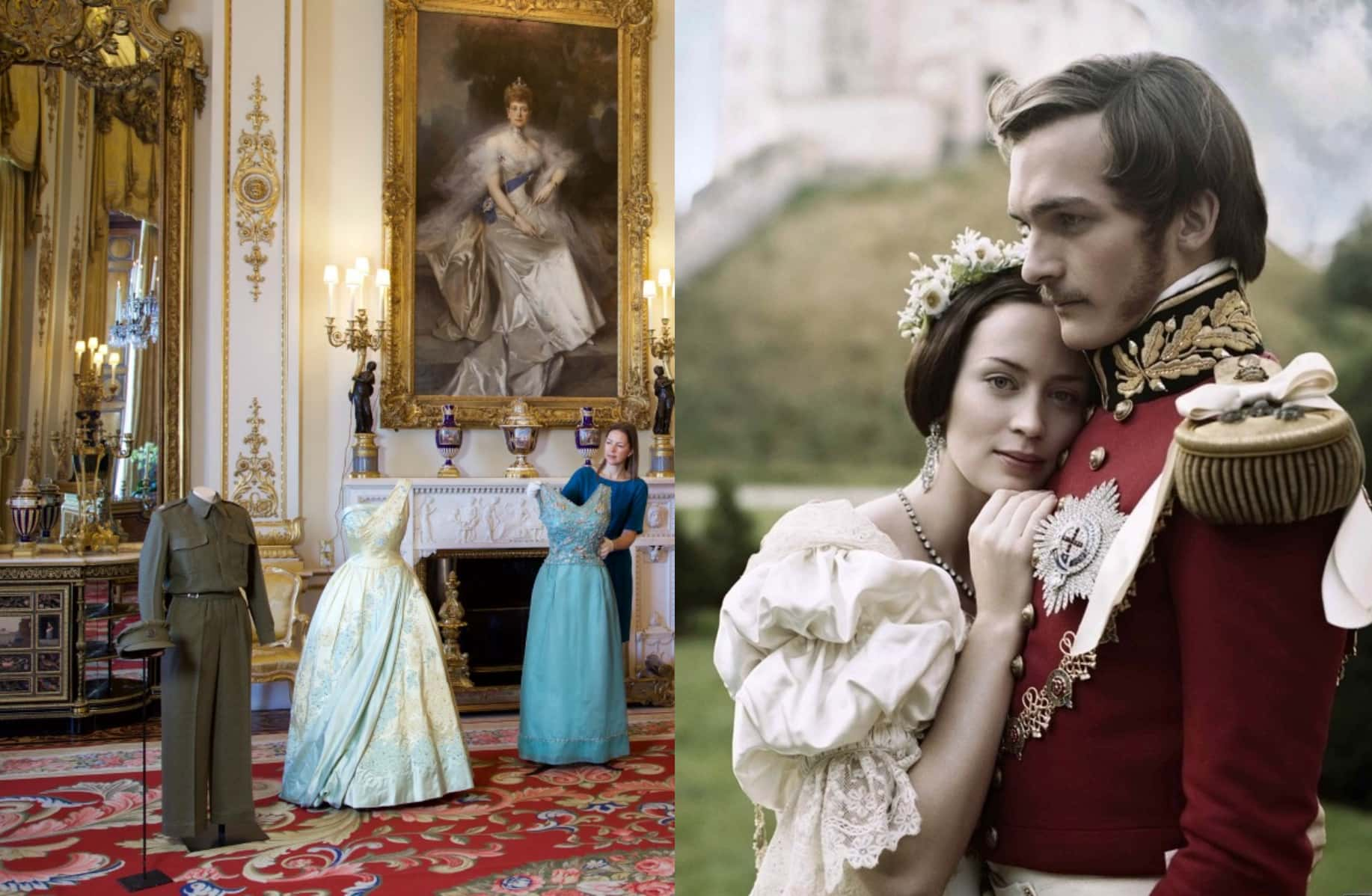
49. Queen Victoria’s Late Love
Queen Victoria took the death of her beloved husband, Prince Albert, very hard. She even blamed his death on stress caused by their son Edward’s behavior. “The Widow of Windsor” made few public appearances after Albert’s death, but she did supposedly find love later in life, however, in the form of her servant, John Brown.
Their close relationship was the source of much gossip in royal circles, and the Queen’s chaplain even claimed on his deathbed that he performed a secret ceremony between the two.
50. American Woman
Perhaps the biggest royal scandal of the 20th century came when the sitting King of England abdicated his throne. King Edward VIII took the throne in 1936, following the death of his father. There was just one problem: Edward was in love with Wallis Simpson, a commoner from Baltimore who was already on her second marriage. This was a major no-no among the British aristocracy.
It also conflicted with Edward’s role as head of the Church of England, which disapproved divorce—sorry, did they forget what they had been created for? Either way, as his entire cabinet said they would resign if he proposed, Edward’s insistence on marrying Wallis—as soon as her divorce finalized, of course—threatened to launch Great Britain into a constitutional crisis.
51. Hands Tied
As a compromise, Edward offered the idea of a morganatic marriage, also known as a left-handed marriage, which would have him remain king without extending any official title to Wallis. The British Parliament refused, leaving Edward with no choice but abdication.
 A&E
A&E
52. Happily Ever After
Edward and Wallis were married in France in 1937. Not one member of the British royal family attended—they’d been forbidden from doing so by Edward’s newly-crowned brother, King George VI—and the Church of England refused to sanction the wedding. Edward and Wallis would remain in France, happily married, until Edward’s death in 1972.
53. King Ludwig of Bavaria: The Mad Dreamer
Though he was a pretty ineffective ruler, King Ludwig II of Bavaria’s popularity never wavered. He was broodingly handsome and frequently rode the countryside in disguise, giving gifts and large sums of money to the kindlier and more hospitable farmers he met along the way. To the Bavarians, Ludwig was the ideal romantic hero.
To those who really knew him, Ludwig's true nature was much darker.
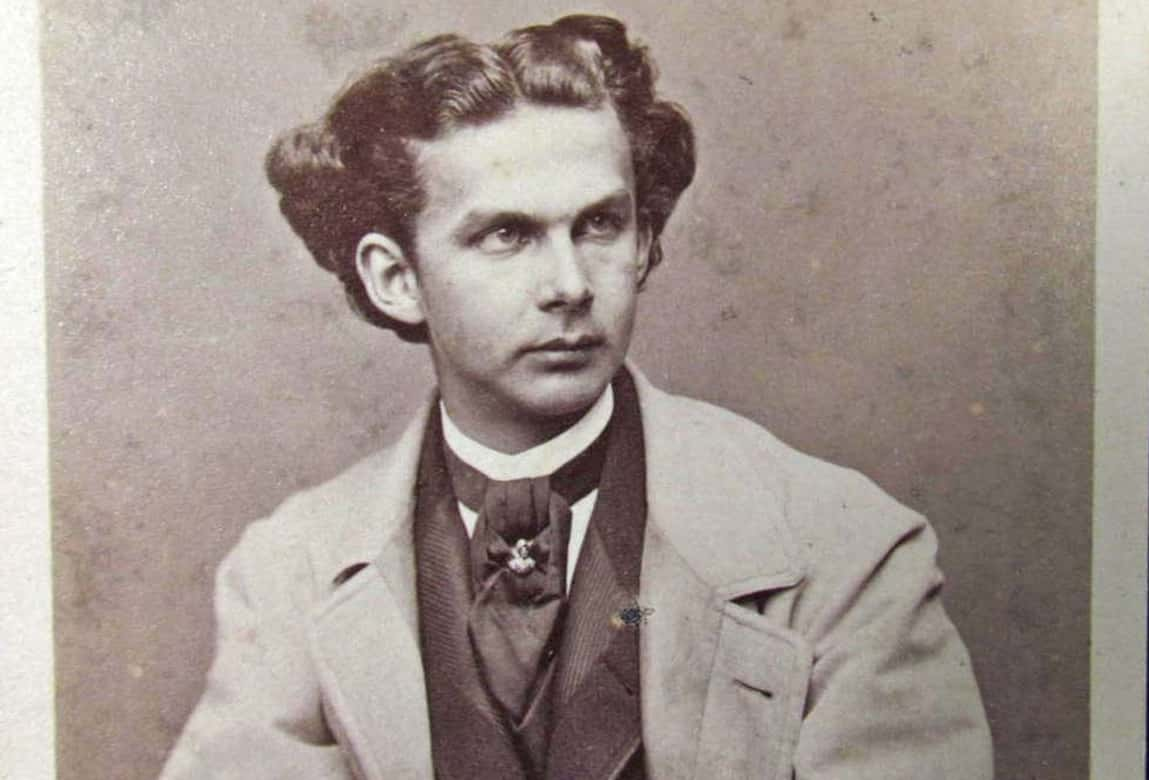 iCollector
iCollector
54. Break-ups Are Hard
In 1867, Ludwig became engaged to his cousin, Duchess Sophia of Bavaria. Sophia was the sister of his beloved friend, Elizabeth. After several postponements, the engagement was finally broken off in October of that year. While no reason was ever announced, Ludwig claimed in a letter to Sophia, “your cruel father has torn us apart!”
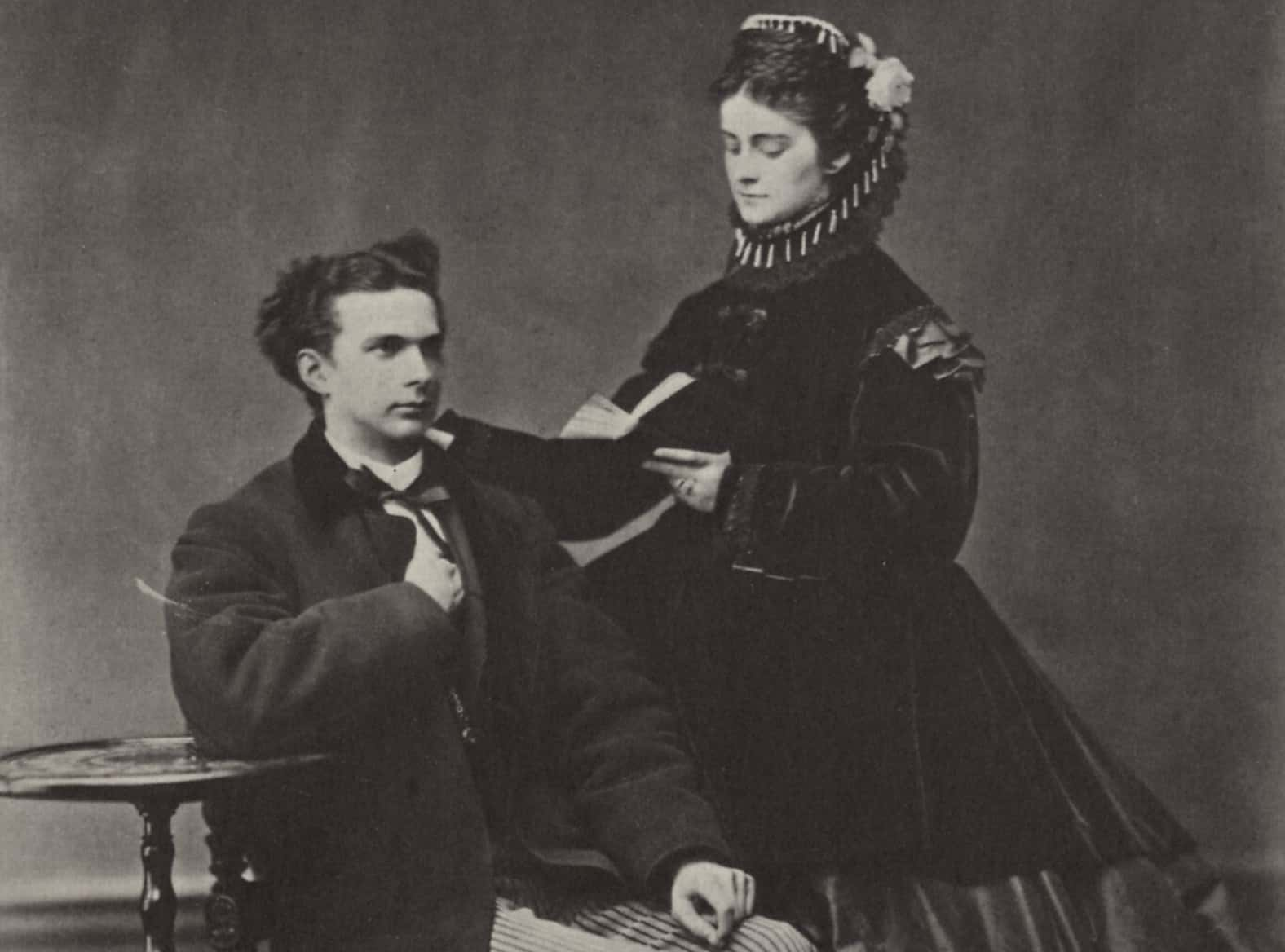 Pinterest
Pinterest
55. The King's Closet
Ludwig never did marry and had no known mistresses. Close friendships with a number of men, especially with his chief equerry, led many to suspect that Ludwig was gay. Ludwig’s private diaries strongly suggest that Ludwig was indeed homosexual, and reveal that he struggled to reconcile his sexual orientation with his devout Catholicism.
56. Catherine the Great: Violent Delights
Catherine the Great married into her royal, wealthy station after tying the knot with Peter III of Russia. But Catherine spent much of her early married life not with her husband, but rather riding her horse. She also refused to ride side-saddle, and wrote “The more violent the exercise, the more I enjoyed it."
57. Not a Match Made in Heaven
Catherine and Peter’s marriage was rocky from the start. Peter was immature and preferred his toy soldiers and mistresses to his wife.
58. Lofty Ambitions
Unsurprisingly, Peter was a pretty bad ruler, and he was unseated in favor of his son Paul, with Catherine installed as Regent. However, Catherine wasn't ready to fade into the background. She gathered support and declared herself Catherine II, the sole ruler of Russia—But Catherine was really just beginning.
59. Foul Play?
Catherine then had Peter arrested, and forced him to fully abdicate his position as Emperor. A few days after he abdicated, Peter just so happened to be murdered by one of Catherine's co-conspirators. The exact role Catherine played in his death has never been proven, but it’s possible that she arranged it—and had her own husband's blood on her hands.
60. Insane in the Membrane
As a young man, Charles VI of France seemed like a perfectly normal dude, never exhibiting any signs of mental or physical illness. That changed in 1392. That year, when he was 23, he contracted a fever that made his hair and nails fall out and caused convulsions. The illness also seemed to do something to his brain, because he was never the same after.
He ended up suffering from various psychoses for the rest of his life.
61. Odette! Odette!
Charles’ mistress Odette was at his side when he died, and the last words he allegedly spoke were her name. At the same time, wife Isabeau apparently did not even attend his funeral—but with everything he put her through, can you blame her?
62. If I Live to See the Seven Wonders...
Mumtaz Mahal was born in Agra, India in 1593 and was the inspiration for the Taj Mahal, one of the seven wonders of the world. She was a princess born to Persian nobility and became Empress Consort of India in 1612 when she was married to Prince Khurrum (Shah Jahan). Their marriage became one of the great love stories of all time and she became a favorite subject of poets.
63. Chosen One
As the story goes, Mahal was such a beauty that then Prince Khurrum fell in love with her at first sight and they were engaged when she was just 14 and he 15. Although Mahal was the third wife of Shah Jahan, she was said to be his favorite. He gave her the name Mumtaz Mahal meaning “Chosen one of the Palace” or “Jewel of the Palace.”
64. The Opportune Time
The date of Mahal’s marriage was carefully chosen by court astrologers as the one that would be most effective in ensuring a happy marriage. Superstition or not, they obviously picked right, because their marriage lasted 19 years and she apparently reciprocated his affections.
65. The Last Princess
During their marriage, Mahal gave birth to 14 children, eight sons, and six daughters. Just seven of them survived to adulthood, but that wasn’t a bad number for the time. Sadly, she died of complications from the delivery of her 14th child Princess Gauhara Begum at the age of 37. Her daughter, however, did survive and lived for 75 years before finally dying of natural causes.
66. Deep Mourning
When Mahal died, Shah Jahan was heartbroken and grief-stricken over her loss. He went into deep mourning for a period of two years, during which he called on artisans from all over the Muslim world to design a monument that would declare his love for her. 22 years later, the Taj Mahal was finished. How romantic is that!
67. Too Many Questions
Almost everything about King Henry VIII’s affair with Mary Boleyn is unknown. Was it a passionate multi-year affair? A one-night stand? Historians have argued for both! That the affair happened is the only sure thing. When Henry sought to marry Mary's sister years later, he sought a potential dispensation from the Pope to still marry Anne even in the event that he had previous carnal relations with her close relative “in the first degree of affinity,” i.e. a sister.
When he annulled the marriage to Anne in 1536, it was generally accepted he used the very same “had relations with your sister” impediment to dissolve the union. Who's to stop a king from being a hypocrite?
 The Other Boleyn Girl, Focus Features
The Other Boleyn Girl, Focus Features
68. Kiss and Tell
Like her daughter, Mary’s mother would be haunted in life by rumors of promiscuity. During his lifetime, rumors endured that Henry had once slept with Mary and Anne Boleyn’s mother, Elizabeth Howard. Someone actually asked the king about his preference for Boleyn women, to which he clarified, “Never with the mother.” By this omission, he essentially verified his affair with Mary.
In addition to the accusations she slept with her royal son-in-law, Elizabeth Howard was the subject of a 1495 John Skelton poem titled, “To My Lady Elizabeth Howard.” It sounds nice until you know she is compared to Cressida, the romantic traitor to Troilus. Boleyn ladies can’t catch a break.
69. Taking a Step Down
After her dangerous affair with Henry VIII, Mary Boleyn fell in love with Will Stafford—but their union was doomed to a tragic end. Stafford wasn’t rich or prestigious enough to openly be with Mary, so the two eloped.
70. It’s Us or Him
Mary Boleyn and William Stafford kept their marriage on the down-low for some time. It became harder to be discrete when Mary became pregnant. Naturally, her family was furious. When the King discovered their secret, he flew into a rage and banished her from the court.
71. Sisters Are Worth More Than Gold
After her scandalous marriage, Mary was shunned by not just the king but also her father, uncle, and brother. It was only her sister, Queen Anne, who showed some sympathy and sent Mary a golden cup and some money to alleviate her financial problems. However, Anne still refused to see Mary in person. It’s most likely the sisters never saw each other again.
72. A Quiet Epilogue
Mary spent her last years with her second husband on their Staffordshire lands. With little income, we don’t know if it was comfortable living. But with little information about Mary’s post-court life overall, maybe we can take silence to mean peace?
73. The Name Speaks for Itself
Ivan the Terrible really lived up to his nickname after the death of his wife. He would violently lash out at those around him, even his own family. One day, he struck his pregnant daughter-in-law because he didn't like what she was wearing. The blow was so vicious that it caused her to have a miscarriage. His son, Tsarevich Ivan Ivanovich, was understandably furious and confronted the Tsar.
The argument escalated until, in a fit of rage, Ivan hit his son on the temple with his scepter, killing him.
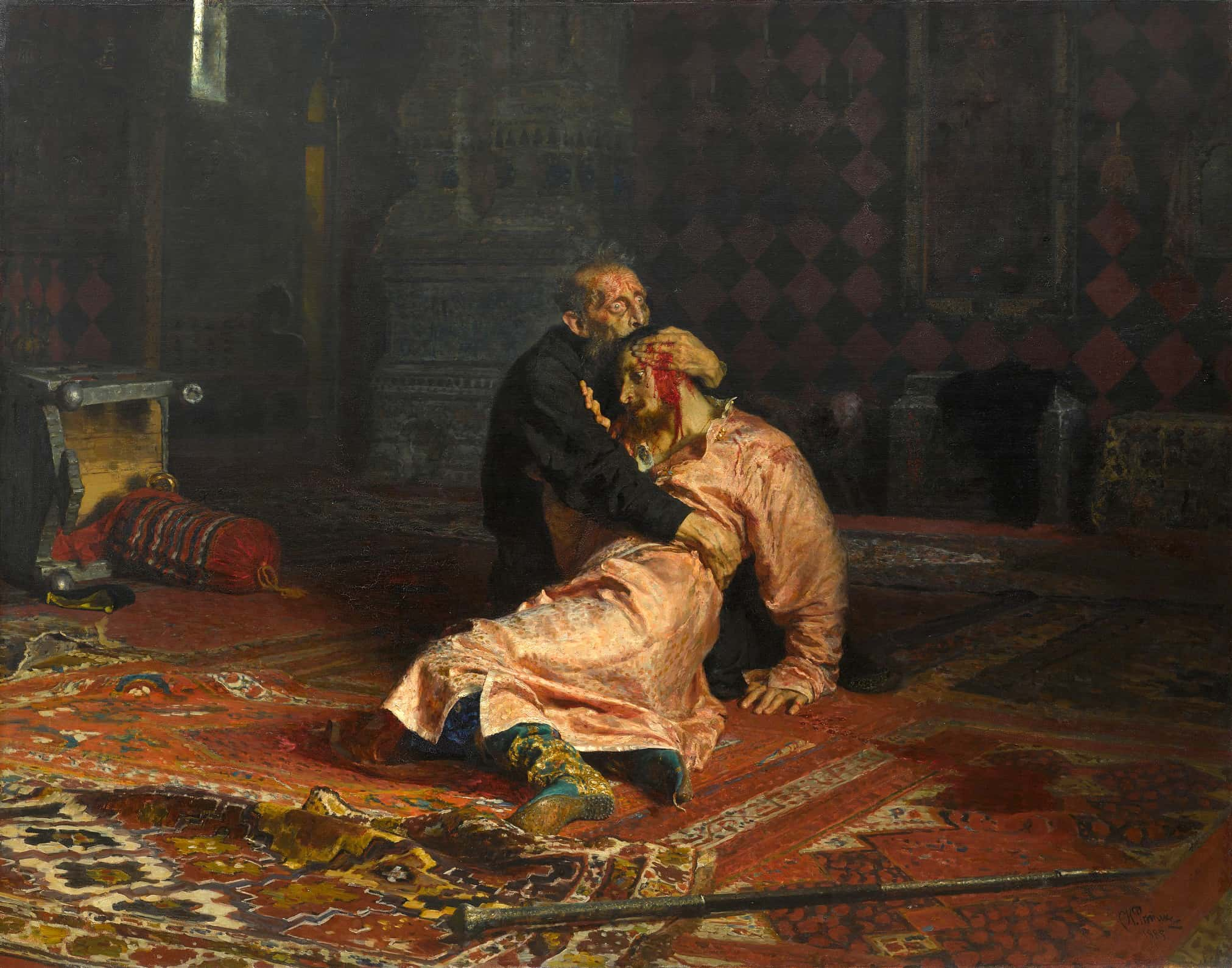 Wikimedia Commons
Wikimedia Commons
74. Some Things Can’t Be Forgiven
Ada Lovelace is known to history as the world's first computer programmer. Despite the fact that math and science were considered "not for women," her groundbreaking work with Charles Babbage laid the groundwork for modern computer science. However, her death remains shrouded in mystery. For unknown reasons, her husband William abandoned his wife’s deathbed.
She had confessed something to Lord Lovelace that led him to stalk out and never return after August 30, 1852. Historians have supposed it was about her many infidelities or the perhaps truth about her sister Medora. However, we may never know.
75. France Didn’t Ship It
In 1770, at the age of 15, the future King of France, Louis XVI, made his famous marriage to Marie Antoinette, his 14-year-old second cousin once removed. However, it was hardly considered something to celebrate among the French people. The Austrian alliance had pulled France into the unpopular Seven Years’ War, which led to France’s humiliating defeat by the British and Prussians. The marriage to an Austrian princess was not a welcome reminder.
 Pinterest
Pinterest
76. Taking Their Time
Officially, Louis and Marie Antoinette didn’t consummate their match until three years after their marriage. At least, that’s what’s reported. It’s more likely that they didn’t actually have sex until 1777—a whole seven years after they wed.
77. A Matter of Bed and State
The infertility (for whatever reason) of Louis and his wife was a target of public satire. Pamphlets called “libelles” mocked their woes, asking “Can the King do it? Can’t the King do it?”
78. Call Doctor House
Why did it take so long for Louis to “do the royal duty” with Marie Antoinette? Unlike Louis, the question still stands. In 1772, doctors suggested that the king suffered from phimosis—a medical condition that renders male arousal a painful experience. While surgery was recommended, it’s doubtful any procedure was performed, due to the risk.
79. A Little Help From My Bro
While medical reasons might have caused his bedroom issues, Louis’s performance woes were perhaps also rooted in a simple lack of sex-ed. In 1777, shortly before the consummation, Marie Antoinette’s brother, Joseph II of the Holy Roman Empire, came to visit Versailles. In his journal, Joseph described his sister and brother-in-law as “complete fumblers” when it came to sex, and how he advised Louis to “apply himself” more. Apparently, his advice worked, as Marie Antoinette immediately got pregnant.
80. Flight, Not Fight
In 1791, Louis attempted a plan that became known as the failed “Flight to Varennes.” The plan was to smuggle the royal family away to Marie’s family in Austria, where they would hopefully find protection and assemble an army to recapture France. Obviously, this didn’t pan out; the family was arrested within 24 hours and charged with high treason.
81. Unfortunately Loyal
Under the twisted politics of 18th century France, Louis endangered his wife by not cheating on her. In the reigns before, lewd pamphlets would evenly distribute their political frustration between the queen and the king’s favored mistresses. While the Versailles kings before him (Louis “The Sun King” XIV and Louis XV) were legendary womanizers, Louis XVI stayed loyal to his wife Marie Antoinette for their entire lives.
Unfortunately, his fidelity left no other woman in Louis’s life to blame for female influence. Thus, his queen bore the full brunt of anti-woman criticism which followed every king. This led to especially lewd pamphlets, and probably colored the enduring legacy of Marie Antoinette as a “cause” of France’s woes, as opposed to just a bystander to generations-old inequality.
82. I Don't Like Mondays
On Monday, January 21, 1793, “Citizen Louis” was led to the guillotine and beheaded upon the Place de la Revolution. By most accounts, his speech was dignified. He pardoned “those who are the cause of my death,” while also declaring his innocence.
 Youtube
Youtube
83. False Charges
It took nine months after her husband was executed for the Revolutionary Tribunal to put Marie Antoinette on trial on made-up charges. After a two day trial, a jury found the former queen guilty on all charges and sentenced her to death. She was executed on October 16, 1793, at the age of 37.
84. Eat Your Heart out, Dad!
The future King Peter I of Portugal was deeply in love with Inês de Castro, to the point where he neglected his own wife and endangered the international alliance. Infuriated, Peter’s father sent three men to decapitate Inês. In revenge, the heartbroken Peter found two of her killers and had their hearts viciously ripped from their bodies. But he was just getting started.
He then exhumed his wife’s body, placed her on a throne, and forced his entire kingdom to bow before her corpse and kiss her hand. Creepy, but touching!
85. Long Term
Eleanor de Guzmán was the lifelong mistress of Alfonso XI of Castile. Together, she and Alfonso shared 10 children and a prosperous partnership. So far so good, right? It was...until the king passed. After his death, the Queen had Eleanor executed within a year. Apparently, she was just biding her time. Remember: adultery just doesn't pay.
86. Drowning His Sorrows
Agnes Bernauer was a beloved 15th-century paramour to Albert III, the future Duke of Bavaria. These feelings were not hereditary, as Albert’s father absolutely hated Agnes. Threatened by her vast influence, the Duke Sr. tragically drowned Agnes in the Danube River. Fears of civil war between father and son never materialized, because Alfred soon ascended to the throne.
To commemorate his lost love, Albert quickly endowed a yearly memorial celebration at the “Straubing Carmelite Cloister” to commemorate Agnes.
87. Maybe She’s Born With It, Maybe It’s Gold-Poisoning
Despite being 20 years his senior, legendary mistress Diane de Poitiers kept the interests of King Henri II of France for as long as the king lived. It was only rumored that Poitiers drank liquid gold to maintain her legendary looks. However, in 2009, French scientists examined Poitiers’s corpse and found that her hair contained gold levels at 500 times the human average.
88. Room With a View
It’s said that King Henri II's wife Catherine de Medici bored peepholes into the roof of Diane de Poitiers’s bedchamber so that she could see her husband “in action” with his mistress. She apparently noted the contrast between the disinterested performance she got from Henri versus the “spectacle” he gave Diane…
89. Our Lady of Vindication
Catherine was cordial to her husband’s mistress… during his lifetime. As Henri lay dying from a jousting accident, her true feelings revealed themselves. Catherine denied Diane de Poitiers any access to Henri’s deathbed, ignoring her husband’s final pleas for his lover. After his death, she banished Poitiers and her friends from Paris.
She also ordered the surrender of Poitiers’s crown jewels and her fine castle, the Château de Chenonceau. Even years later, Catherine made her real opinion heard on Poitiers in a letter to one of her children which read, “Never has a woman who loved her husband liked his whore.” Something to keep in mind, fellow ladies.
90. All for Love
In 1889, the 17-year-old Baroness Marie Alexandrine von Vetsera was found shot to death alongside her lover, the married Prince Rudolph of Austria, at their Mayerling country lodge. It was an apparent murder-suicide; but to this day, the sequence and chain of events leading up to their deaths remain ambiguous. Although some assumed the prince murdered his lover, recently discovered letters from the Baroness to her mother indicate that she was planning to commit suicide alongside the prince "out of love."
91. Renaissance Tinder
After Jane Seymour's death from complications after giving birth to Edward VI, Henry VIII began the search for his next wife. In order to choose, Henry was sent paintings of possible partners. He chose Anne of Cleves over her sister Amalia, but was unhappy with his choice when he finally saw her in person. Apparently, she wasn't quite the looker he had hoped for.
He called her a “fat, Flanders mare,” and had the marriage annulled after just six months. At least she kept her head!
92. This Was a Test, and You Failed
Anne of Cleves was famously discarded by King Henry VIII, but there may be another side to the story. Anne’s first meeting with Henry was a diplomatic blunder: making their way to London, Anne’s party stopped on New Year’s Day 1540 at Rochester, where she took time to look at bull-baiting from the window. Suddenly, an old burly stranger entered the room.
Depending on the account, either this unkempt figure tried to get her attention and was politely ignored by Anne, or he outright tried to kiss and grope her, which understandably caused the young woman to ring the alarms. Unfortunately, the stranger was really Henry VIII in disguise. He had expected Anne to know her “role”—the maiden who could see through her chivalric suitor’s disguise via the power of “true love”…or something.
Anne was unimpressed, so, in emotional self-defense, Henry may have decided to be unimpressed with her.
93. Moving Up in the World
Before King Louis XV of France met his future mistress Madame de Pompadour, he had actually heard of her as early as two years prior. Pompadour became the king’s official mistress by March of 1745, when she took up her abode in the Palace of Versailles. Her apartment was right above the king’s, in case anyone was confused by her reasons for being there.
94. Best Friends Forever
Pompadour proved herself highly important to Louis XV, due to her being the only person able to tell him the truth no matter what. In addition, Louis was prone to depressive moods and melancholy.
Pompadour was always able to help him through these moods or cheer him up with activities which he liked. In response, Louis gave Pompadour a lot of power and influence in his court.
95. From Lover to Friend
While on the outside, their relationship was happy and healthy, modern historians now know that the couple hid a dark secret behind bedroom doors. From 1750 onwards, Pompadour ceased being a sexual partner to Louis XV. They no longer actually made love. This was attributed to her very poor health. Over the years as Louis XV’s mistress, she suffered three miscarriages, and also “suffered the after-effects of whooping cough, recurring colds and bronchitis, spitting blood, … as well as an unconfirmed case of leucorrhoea.”
However, her bond to Louis did not dim, as she served as a “friend of the King,” maintaining her influence at court.
96. Connections Stronger Than Sex
Contrary to what you might think, Pompadour did not block King Louis XV from seeking out other mistresses when she no longer held that position. She reportedly maintained that she was uninterested in what Louis got up to with other women, so long as she kept a hold on his heart. If such was the case, Pompadour was successful: Louis was loyal to her until her death.
97. A Tithe of Troubles
Mary Tudor has gone down in the history books as the Catholic tyrant "Bloody Mary." There’s certainly some cause for such a nickname: hundreds of Protestants were executed during her short reign. But there’s much more to her life than her ruthless reputation. She didn’t exactly have the easiest time growing up with a father like Henry VIII.
When Henry annulled his marriage to Mary’s mother and rejected the Catholic Church, Mary found herself in exile before eventually being crowned in 1553.
 thissideofthetruth - WordPress
thissideofthetruth - WordPress
98. False Alarm
In the summer of 1554, the English court, and indeed most of Europe, was bracing for news of Mary’s first child. Mary started to show signs of a pregnancy months earlier, and everyone was taking precautions for the next heir to the throne. Her beloved husband Philip was possibly even planning to marry Mary’s half-sister Elizabeth in the event that his wife died in childbirth (he was a real stand-up guy).
The only problem? Mary wasn’t actually pregnant at all. Perhaps for psychological reasons, Mary had a rare case of false pregnancy, in which a woman shows many of the symptoms of a pregnancy without actually carrying a child.
99. Single and Ready to Mingle
Once Mary died, her widower Philip started trying to marry her sister Elizabeth, just as he had planned when he worried Mary might die in childbirth. As in his marriage to Mary, Philip was mostly interested in maintaining a strong Catholic alliance with England. Elizabeth was having none of it, however, and rejected the proposal.
100. Skip to the End
Virginia Oldoini—known better to history as the Countess of Castiglione—might be the original Queen of the Selfie. The Italian aristocrat’s legendary beauty and photographic adventures led to her reputation as history’s first modern fashion model. Of course, she didn’t get by on looks alone.
101. Putting the “Snap” in Snapchat
When the Countess of Castiglione’s estranged husband claimed custody of her son Giorgio, she sent him a “present” in the mail. When he opened it, he was horrified. It was a seemingly innocent photograph of the beautiful Countess dressed up in a luxurious gown—but when the Count looked closer, his blood ran cold. In the photo, which she’d titled “La Vengeance,” she had a knife in her hand.
 Shutterstock
Shutterstock
Sources: 1, 2, 3, 4, 5, 6, 7, 8, 9, 10, 11, 12, 13, 14, 15, 16, 17, 18, 19, 20, 21, 22, 23, 24, 25, 26, 27, 28, 29, 30, 31, 32, 33, 34, 35, 36, 37, 38, 39, 40, 41, 42, 43, 44, 45, 46, 47, 48, 49, 50, 51, 52, 53, 54, 55, 56, 57, 58, 59, 60, 61, 62, 63, 64










